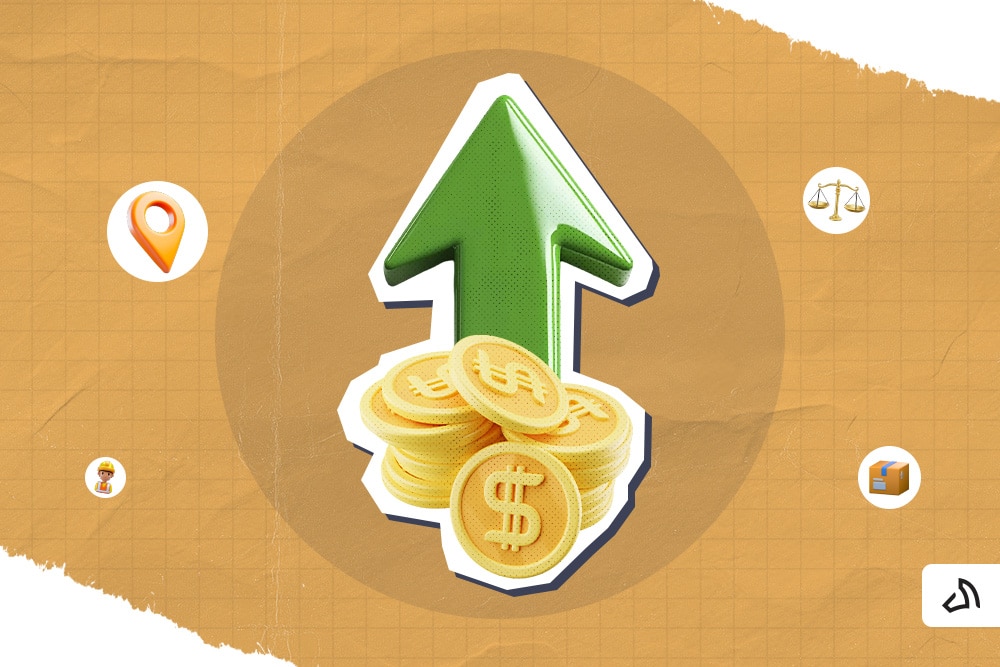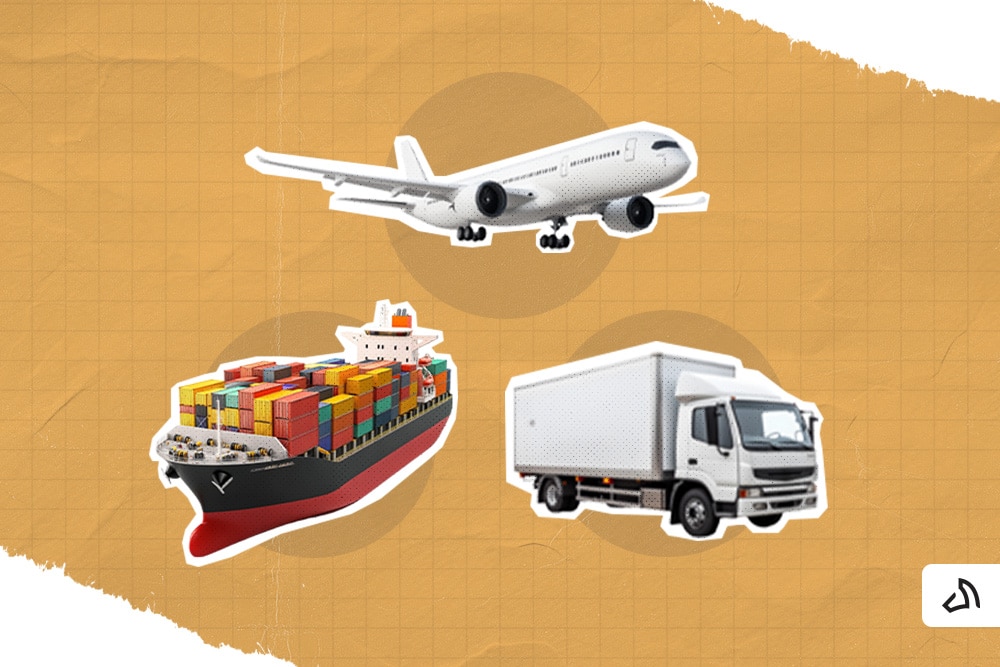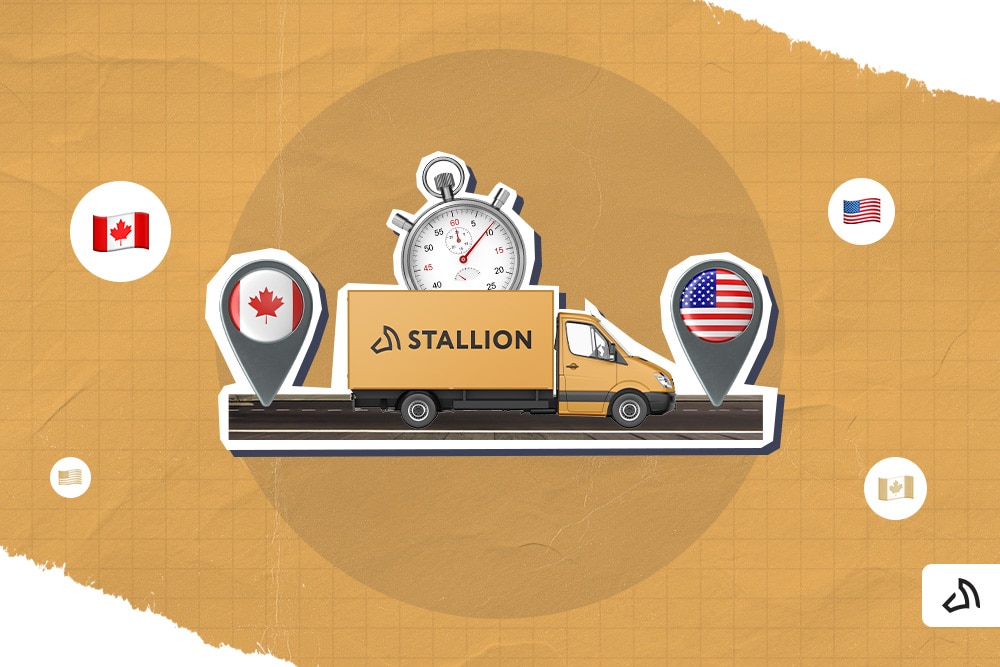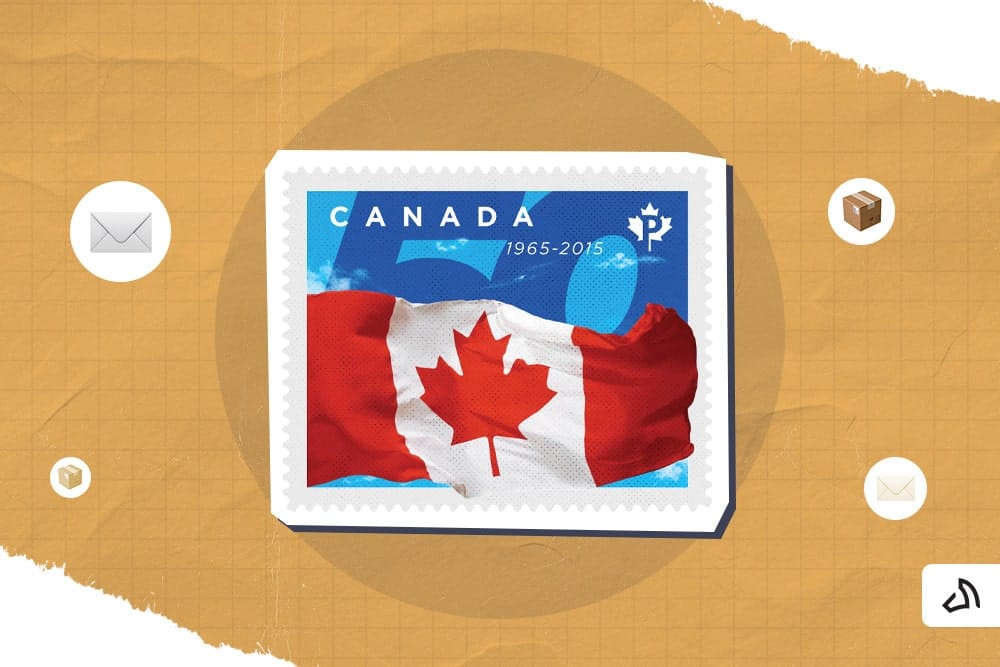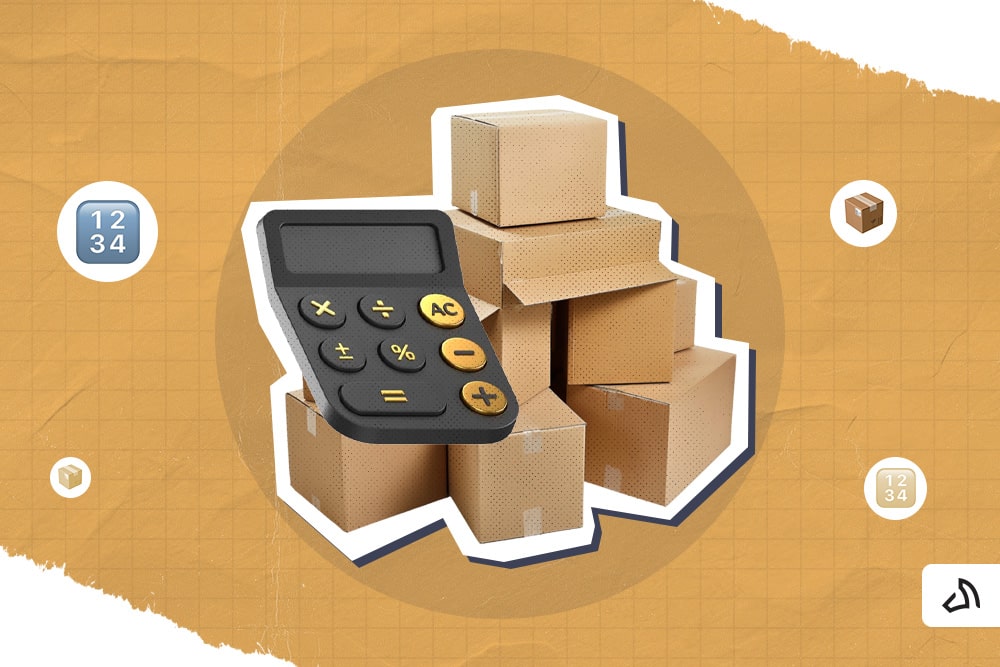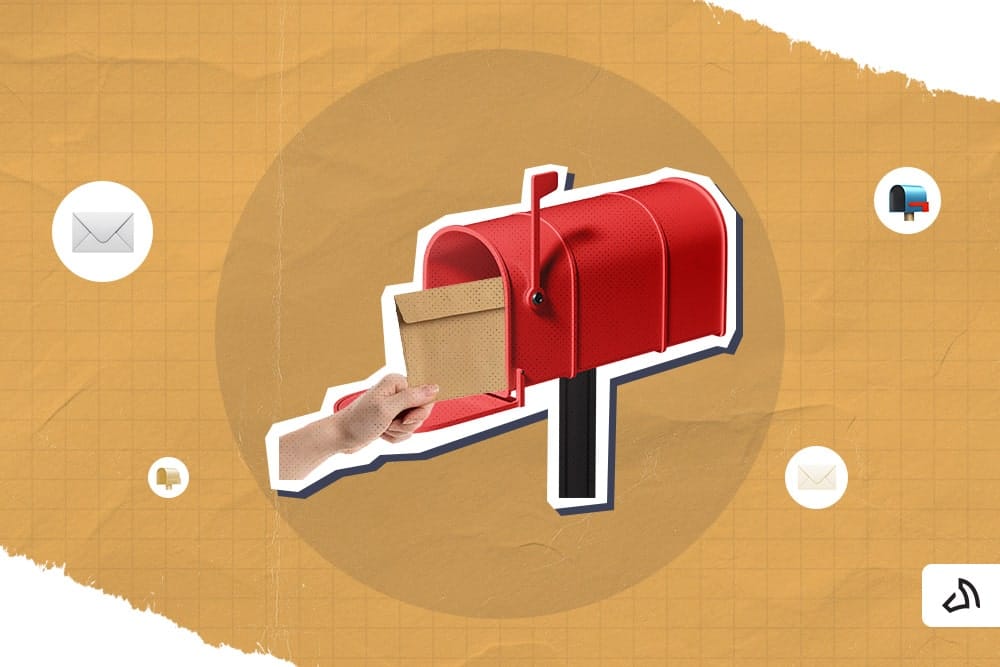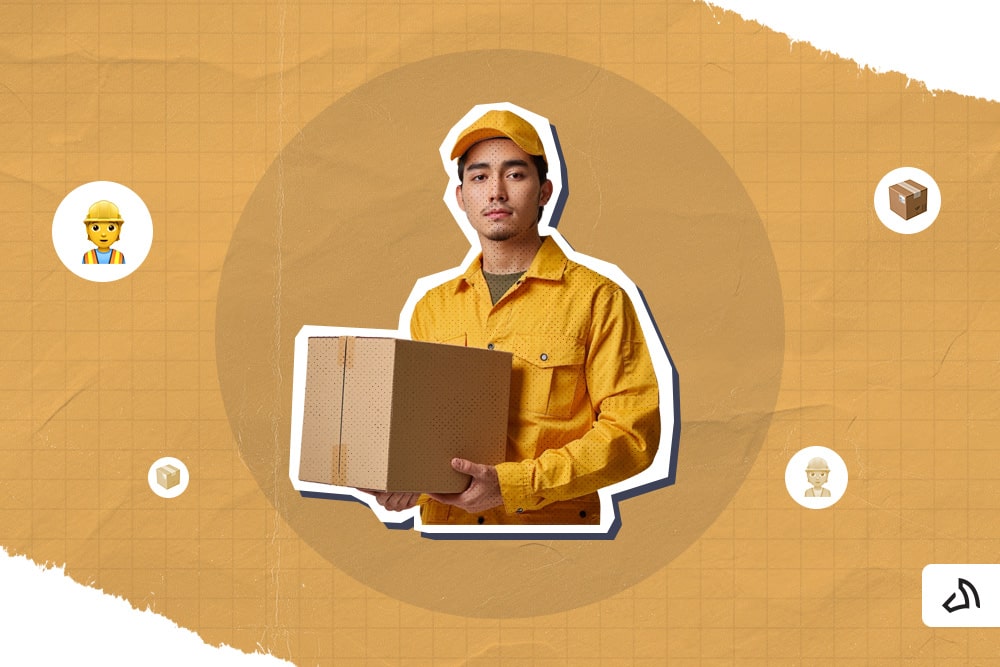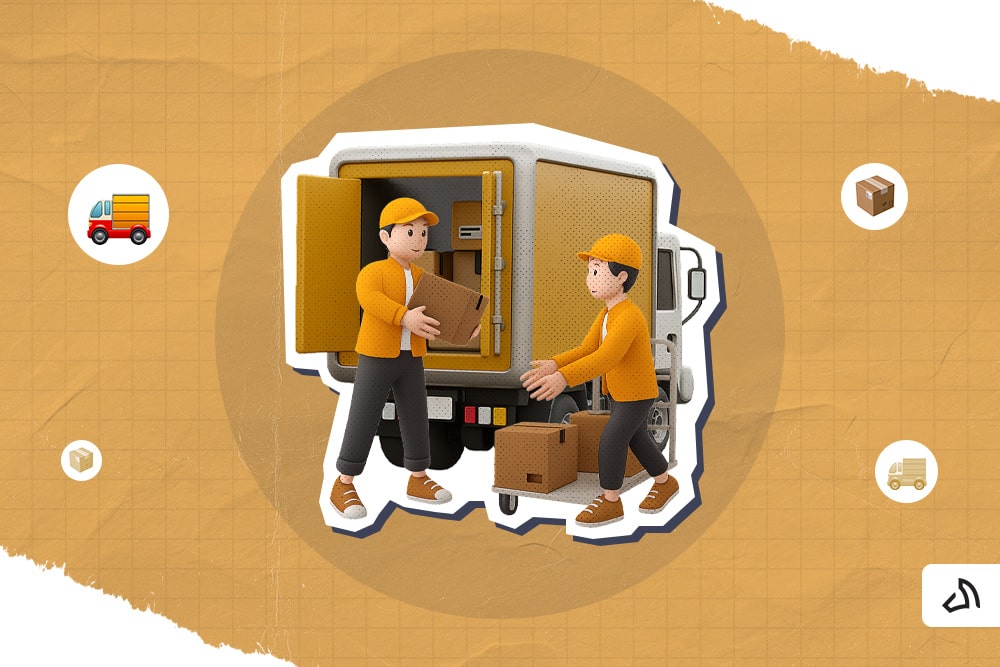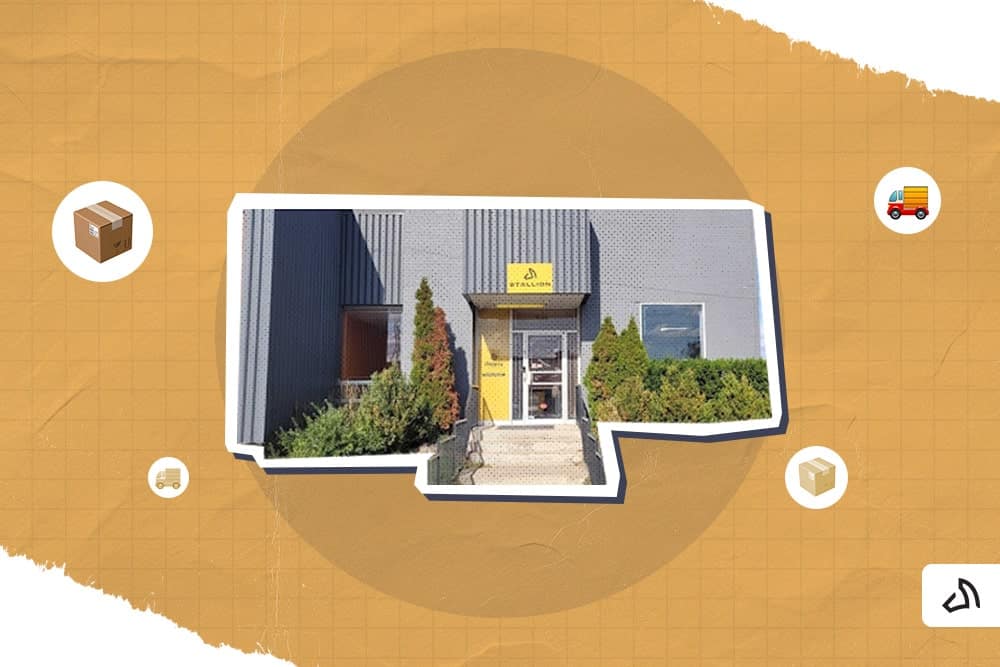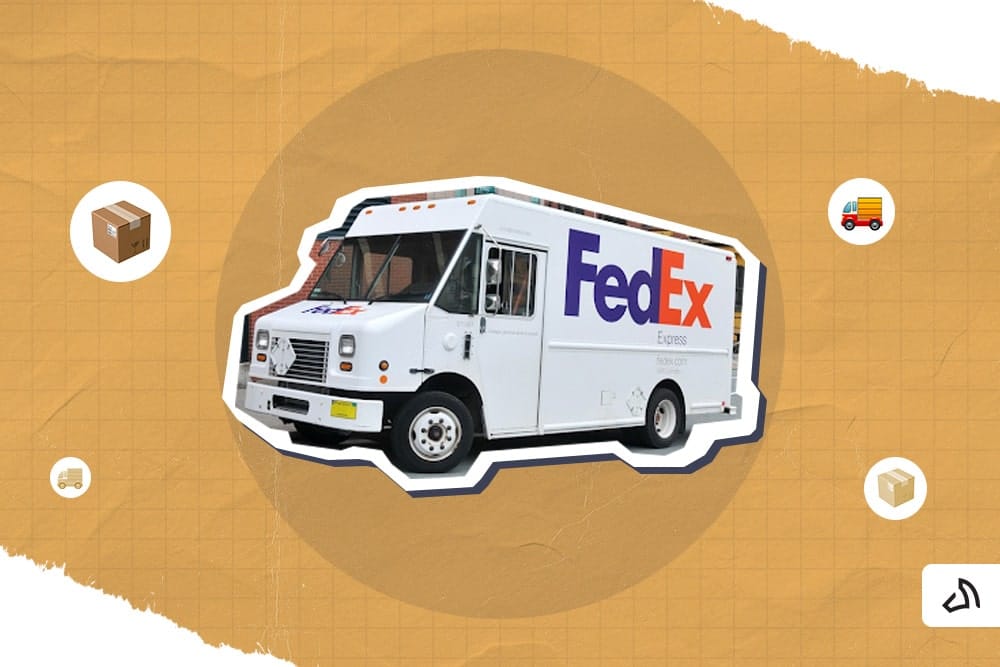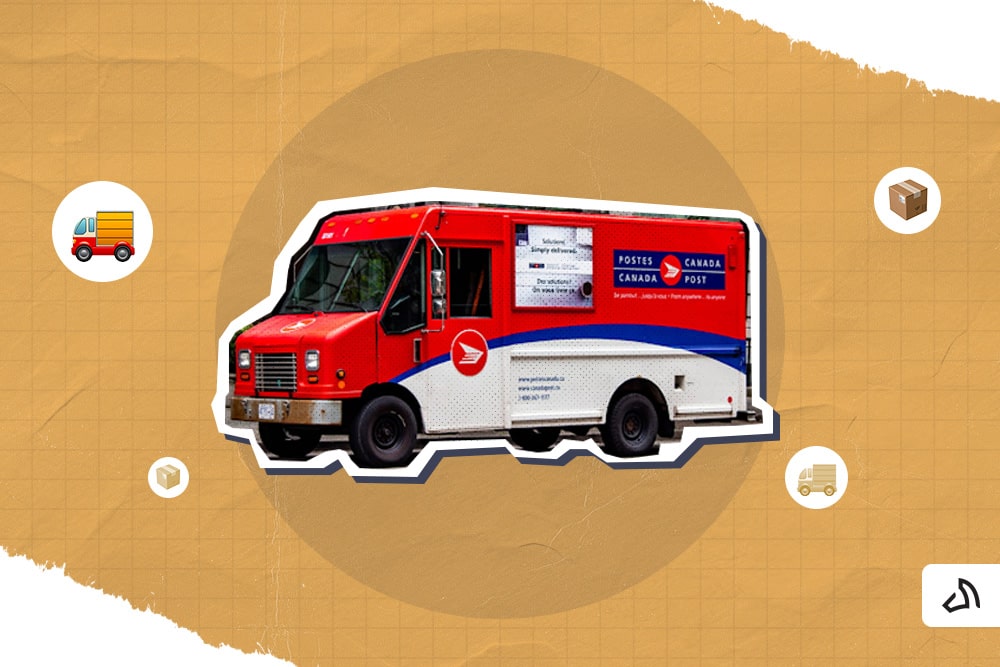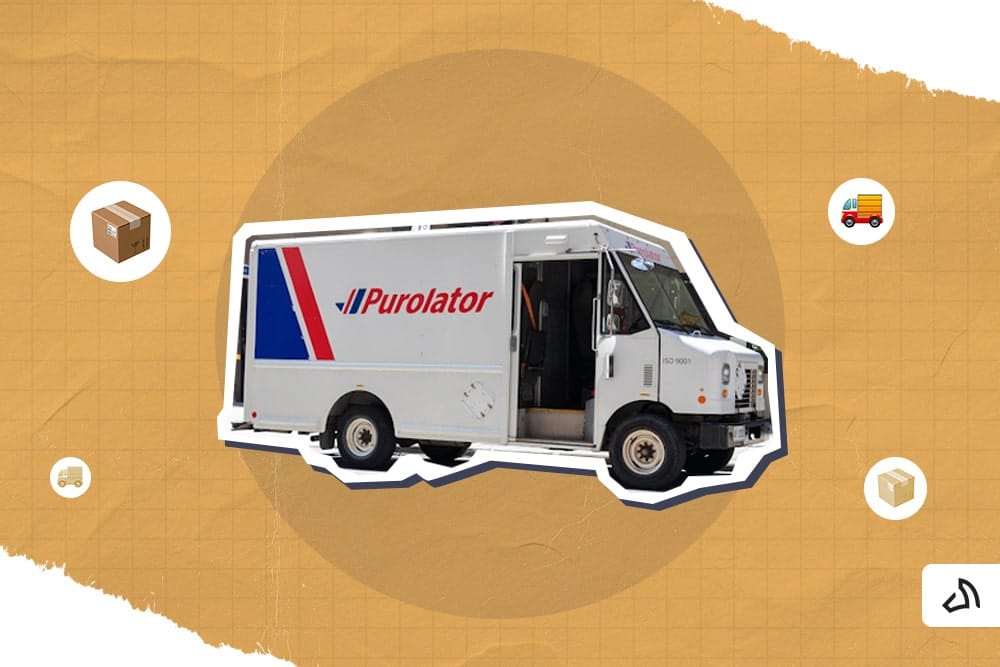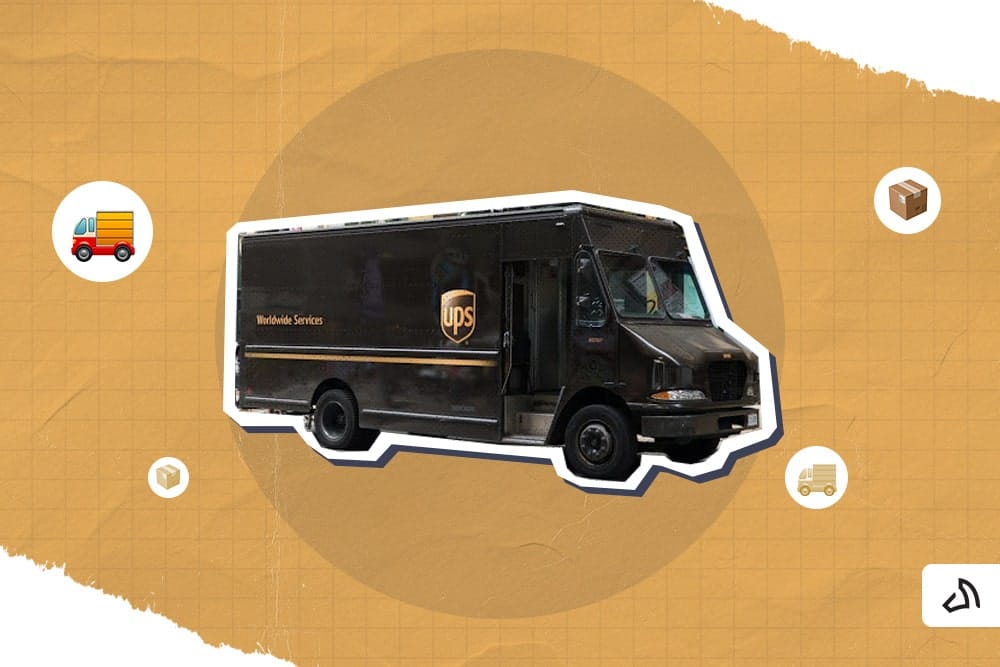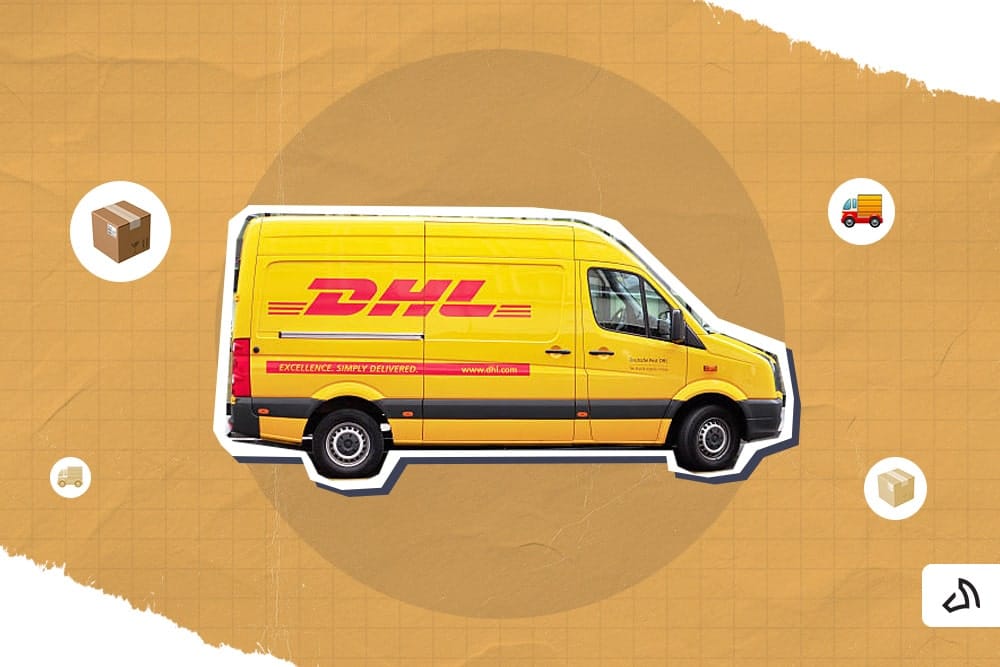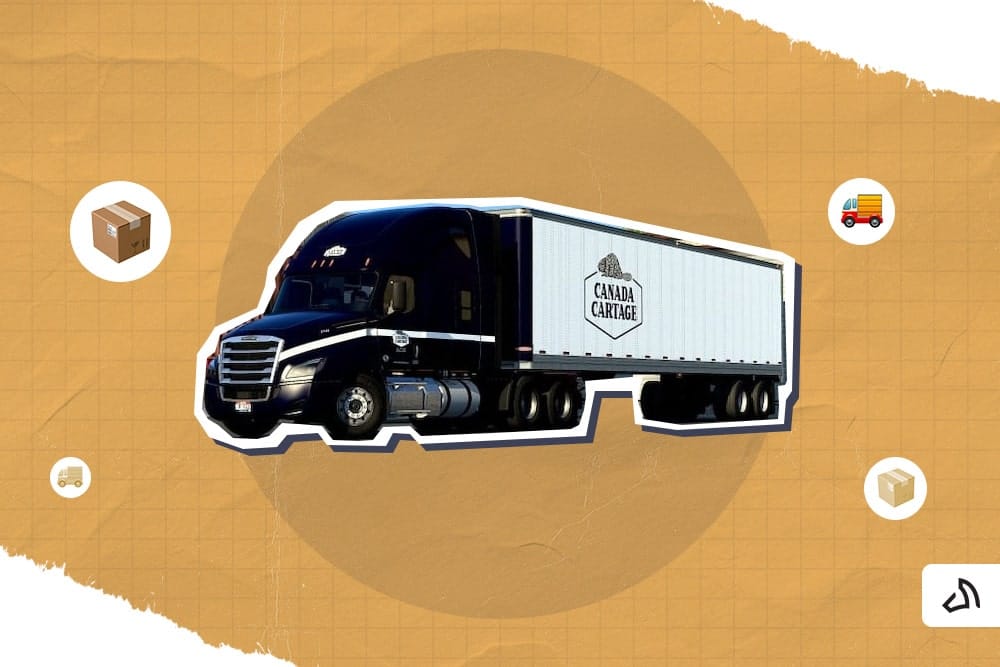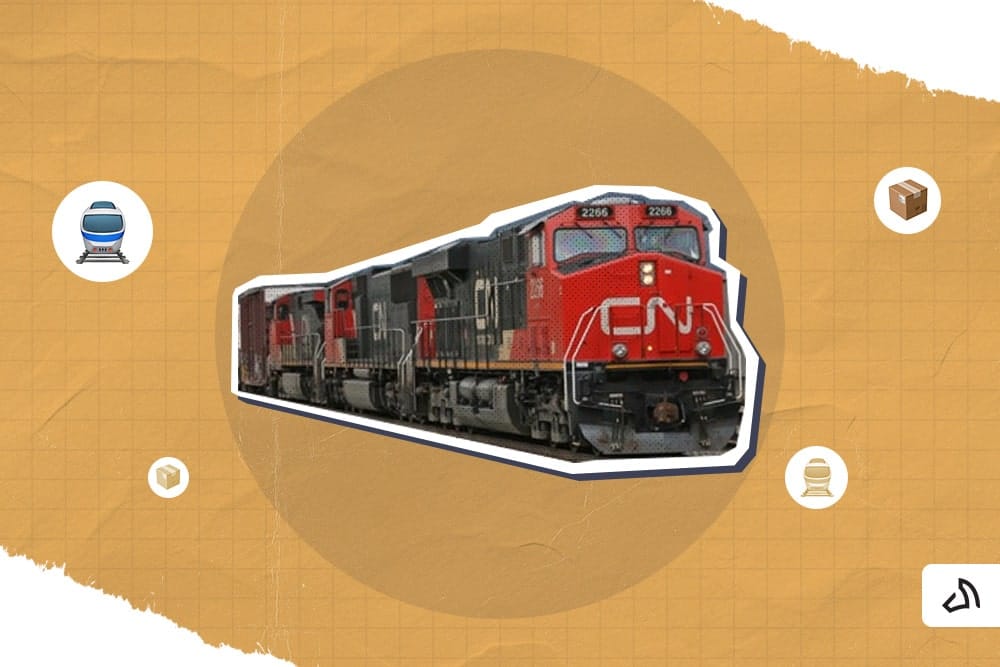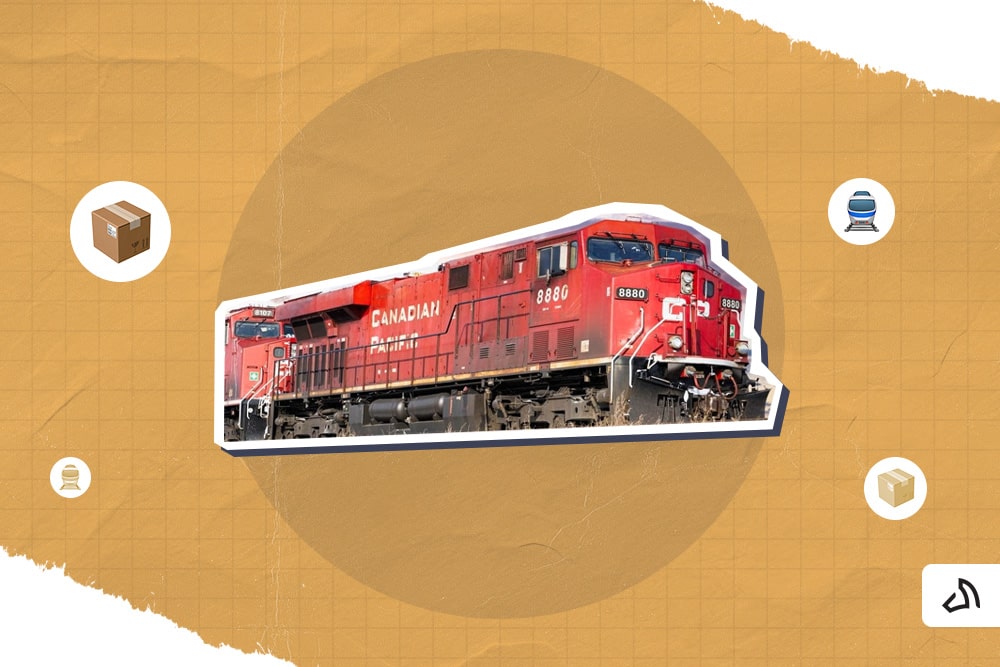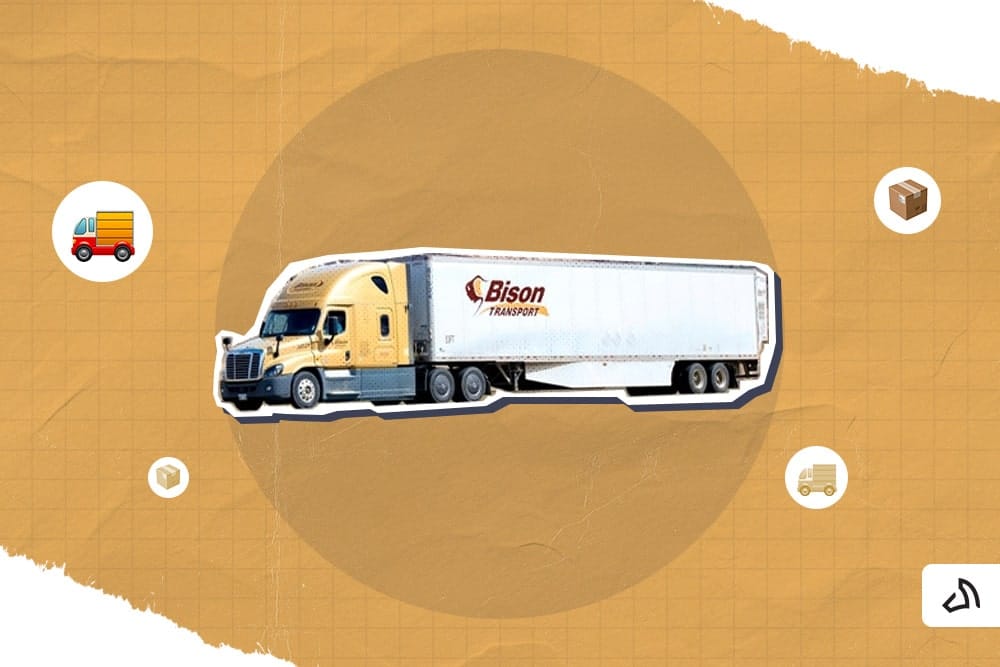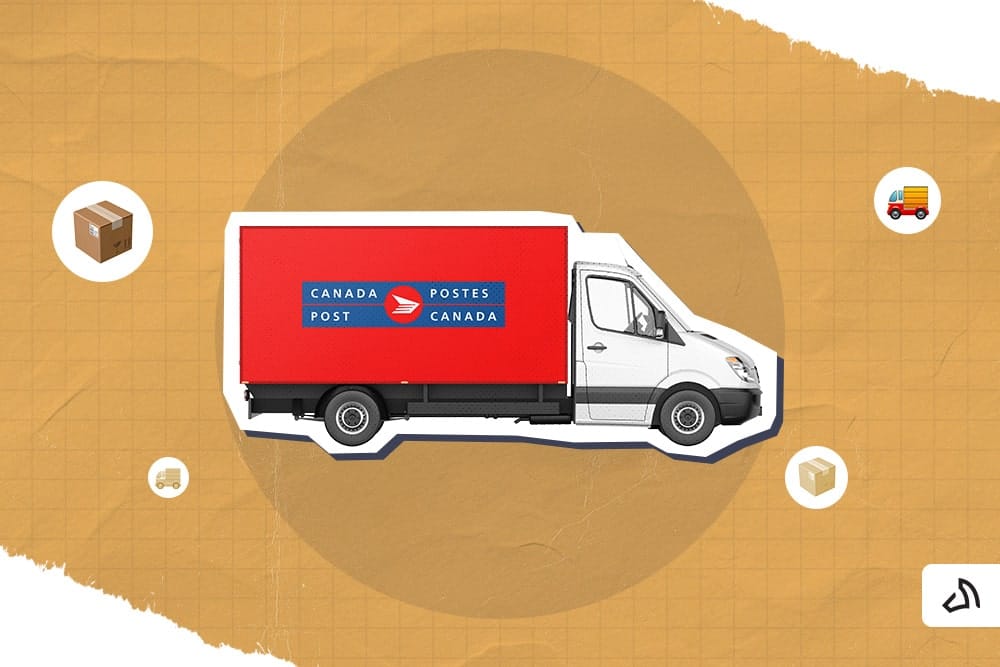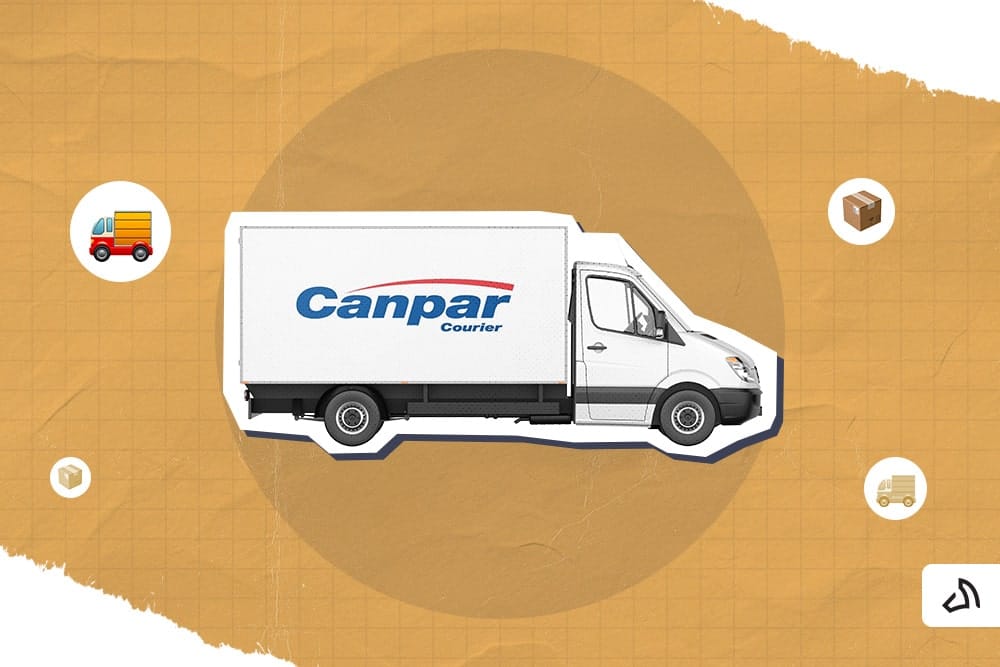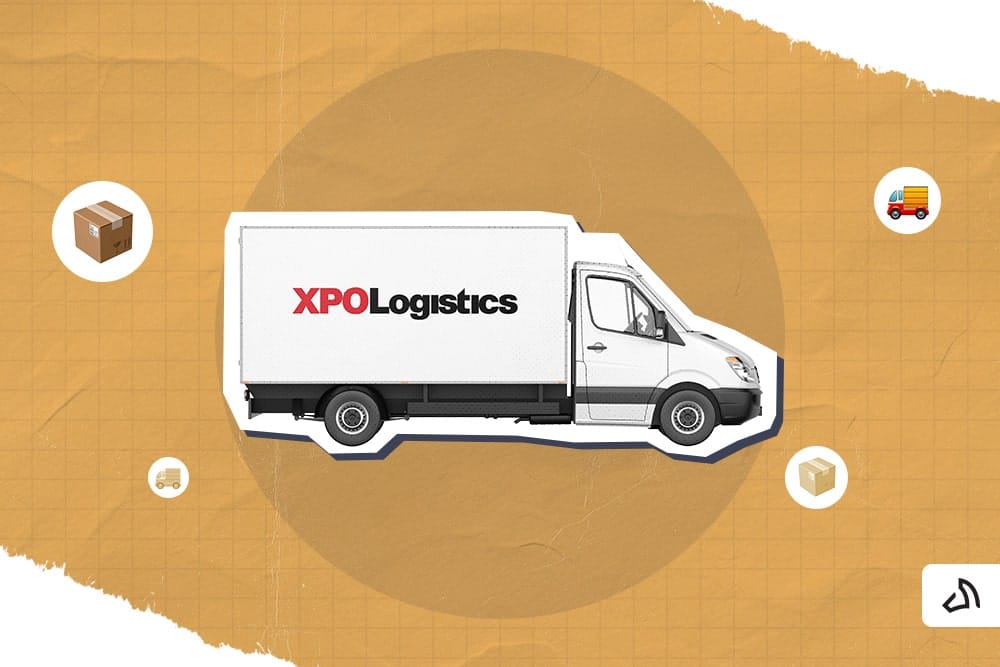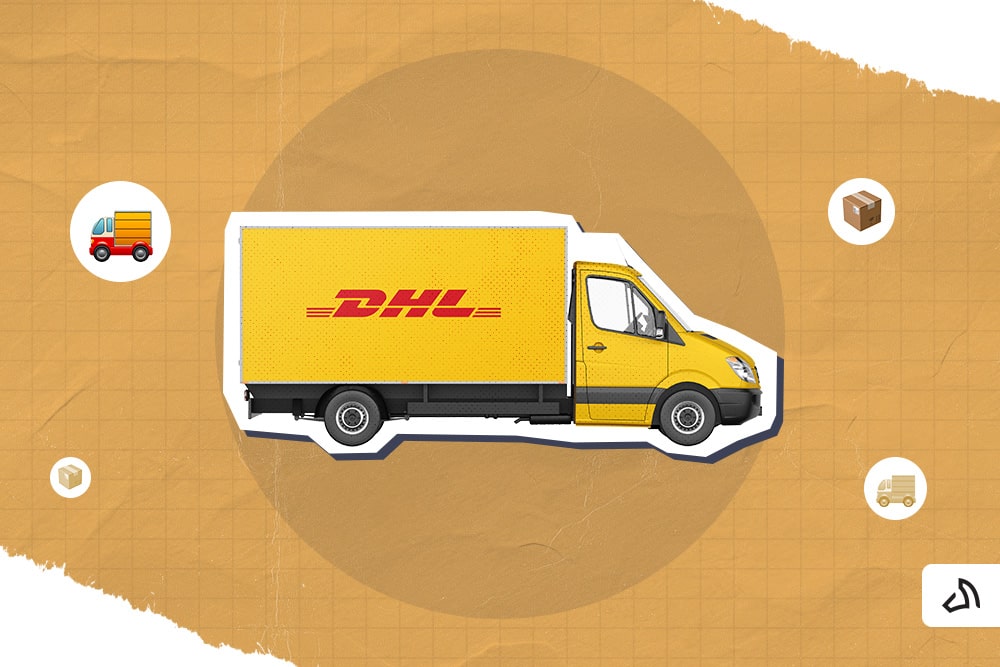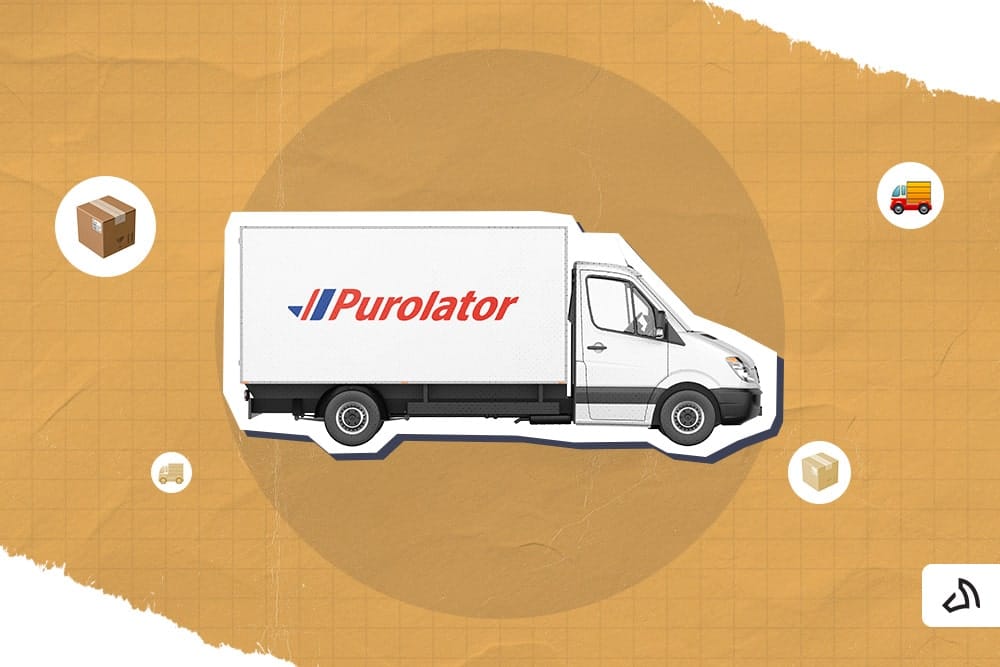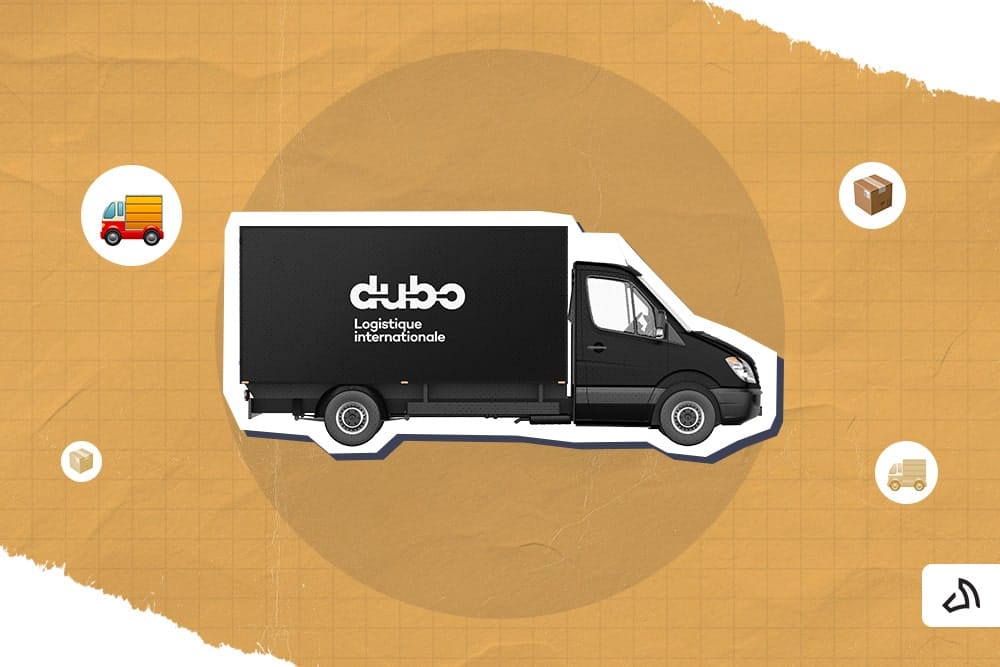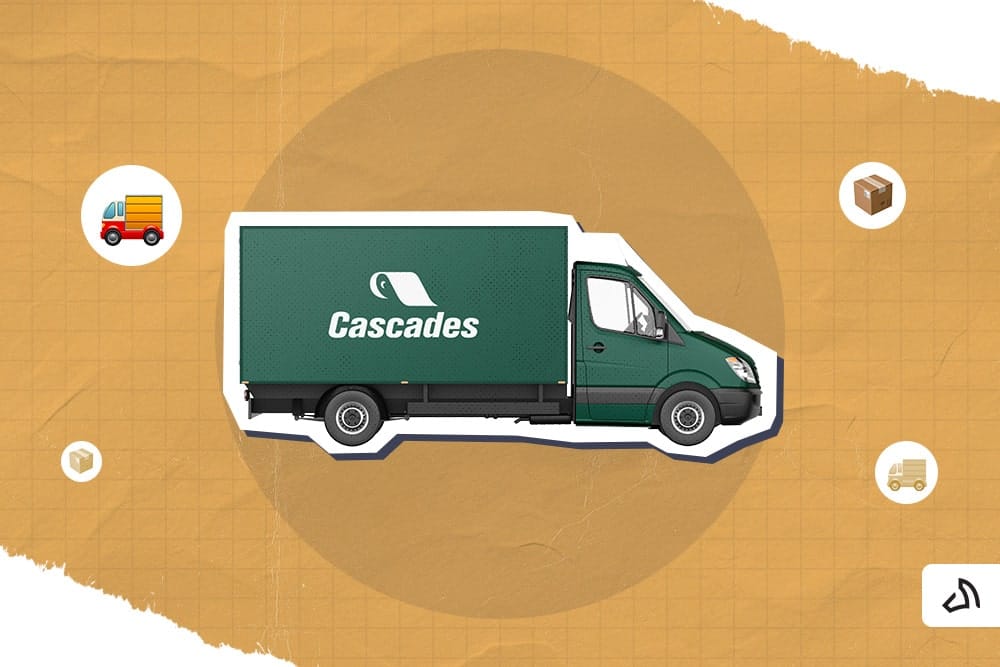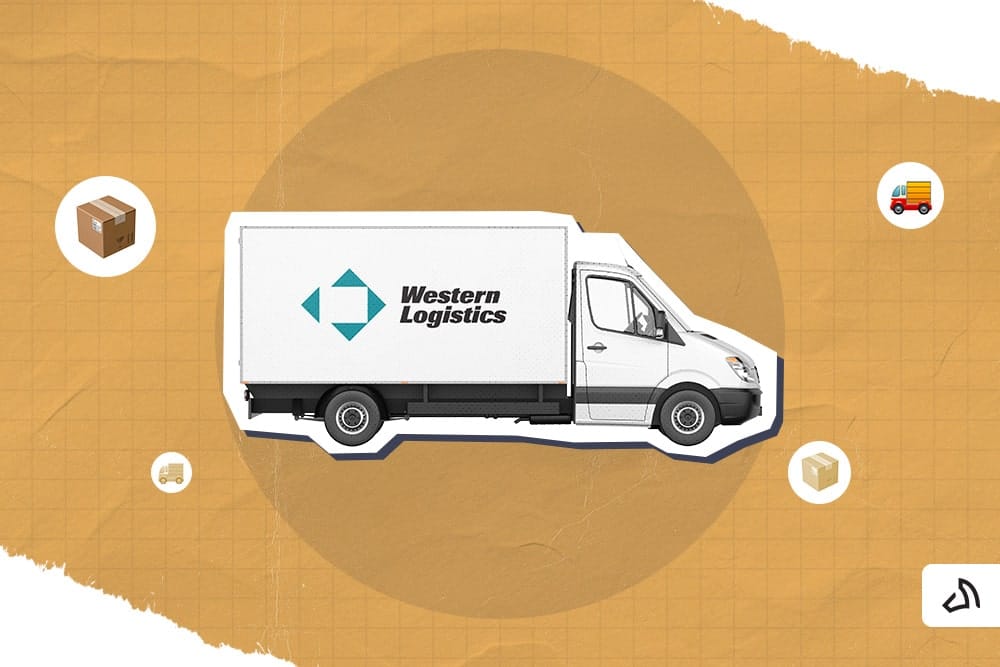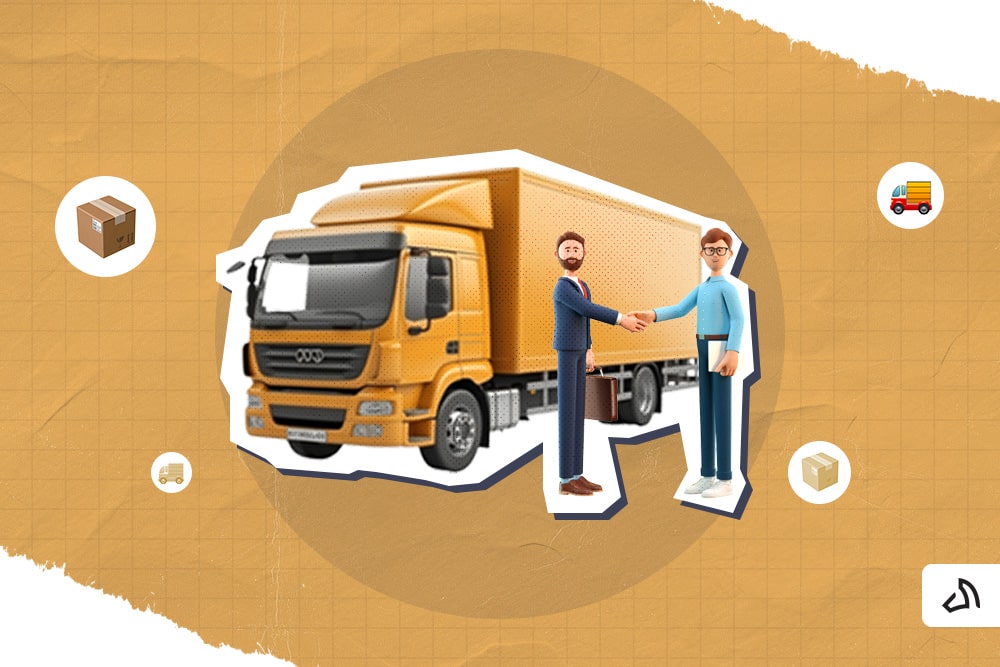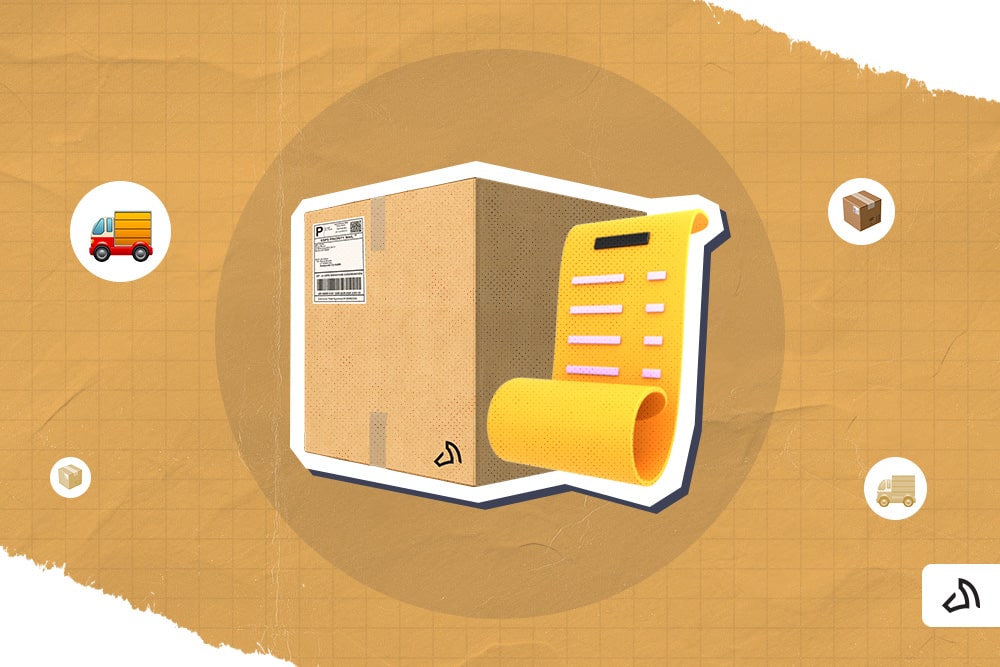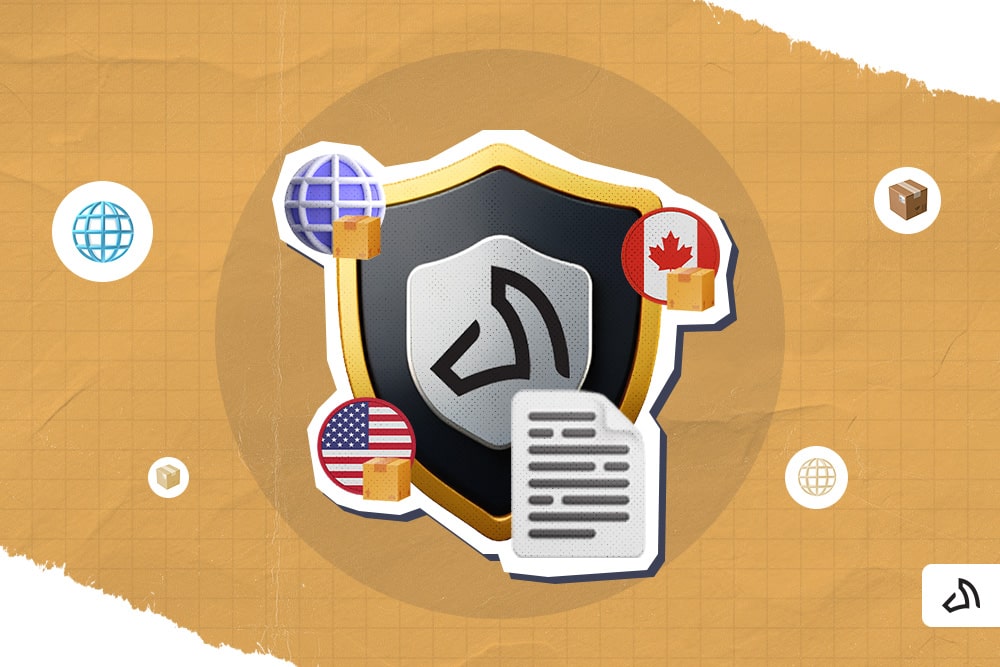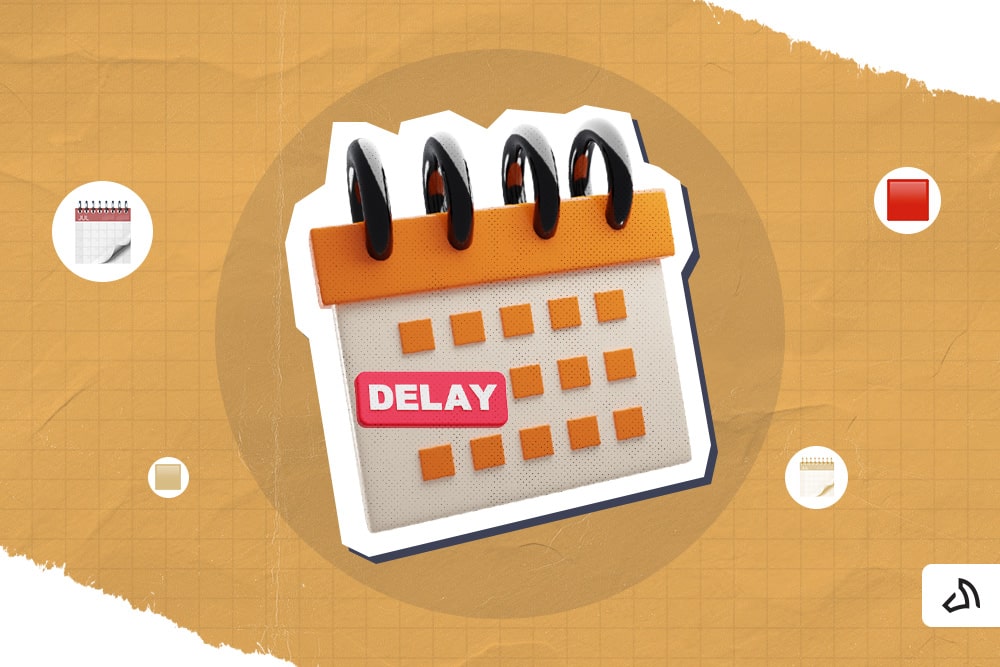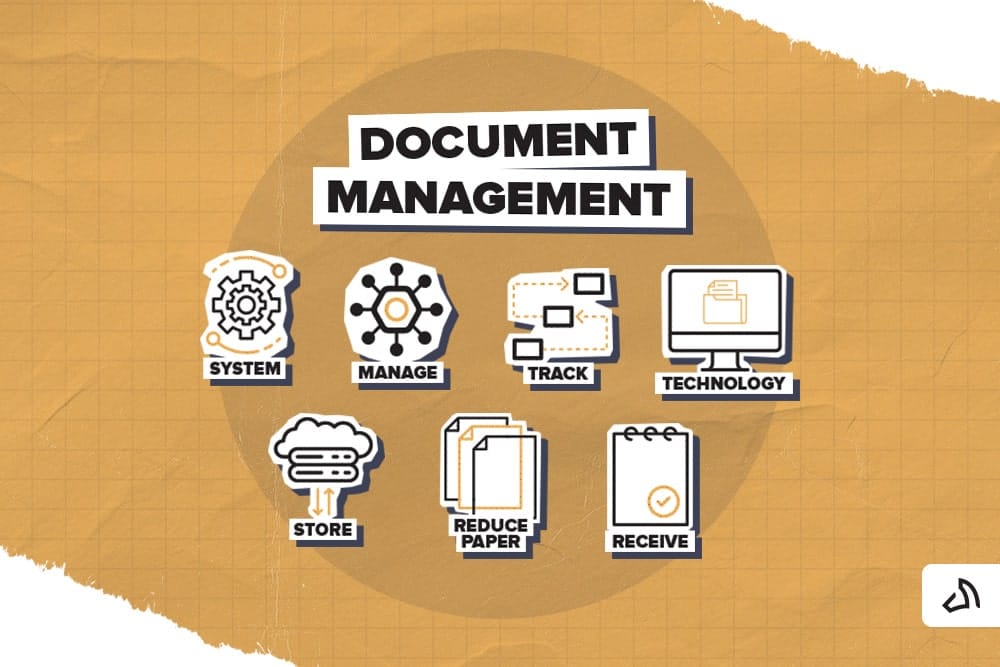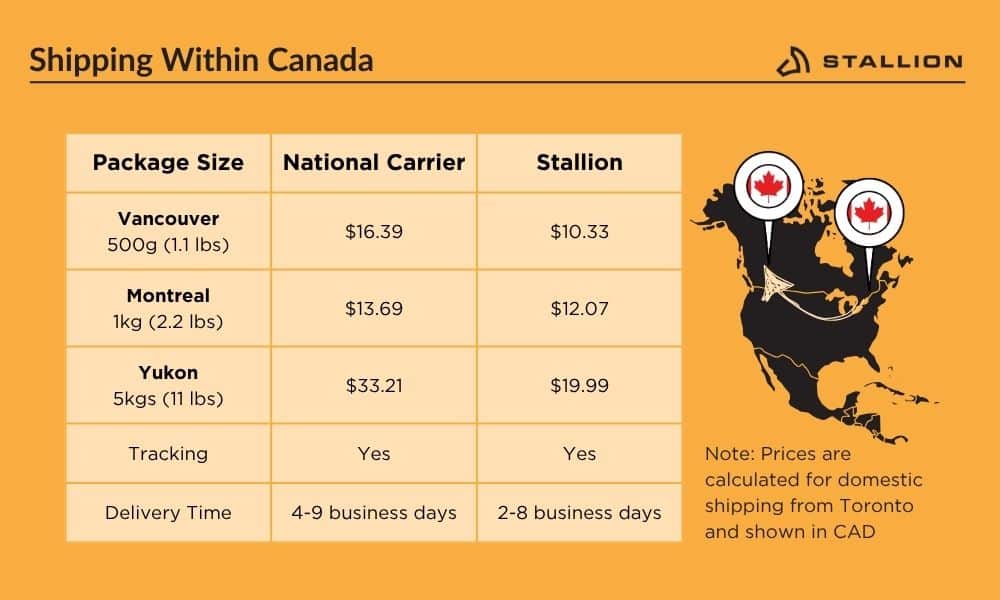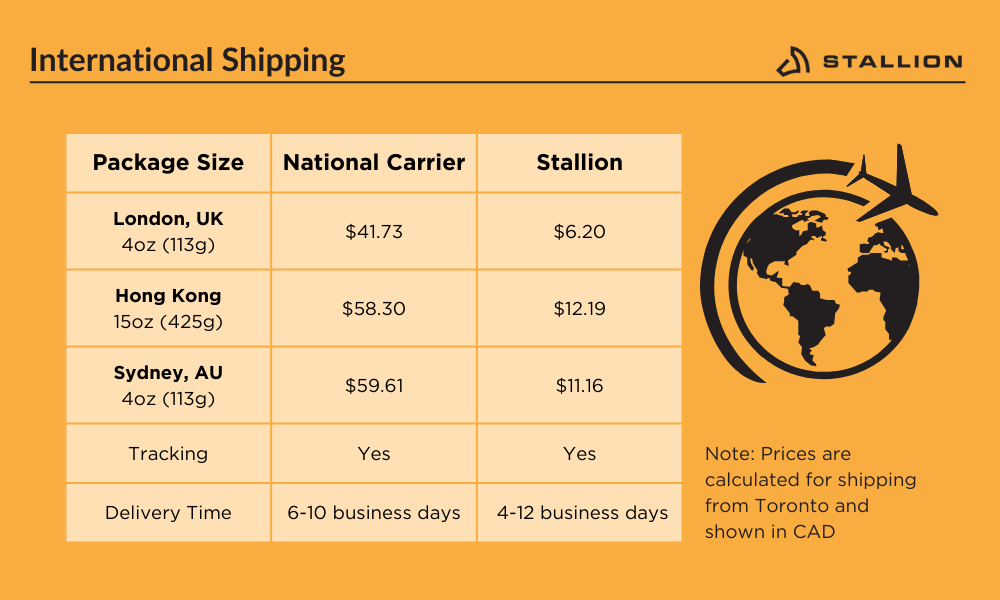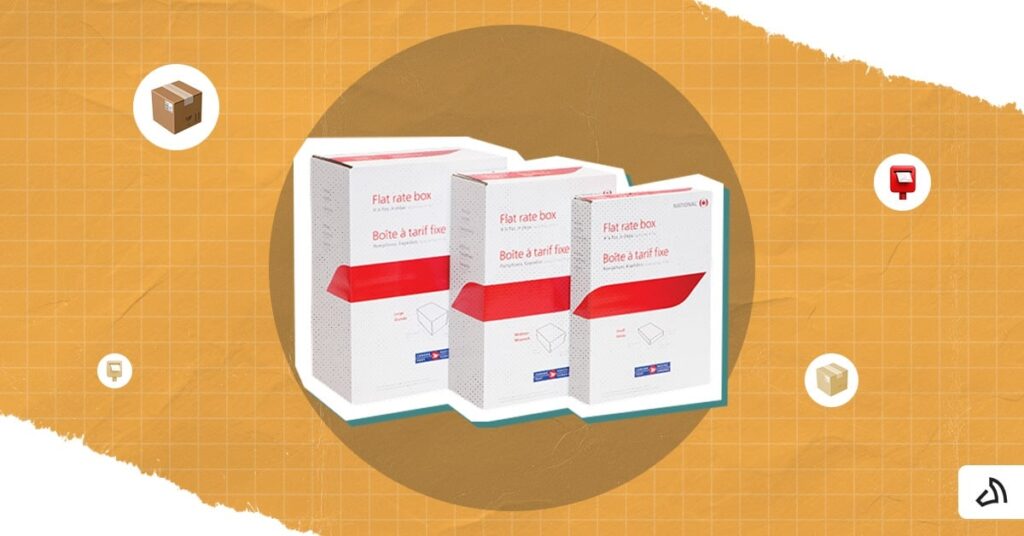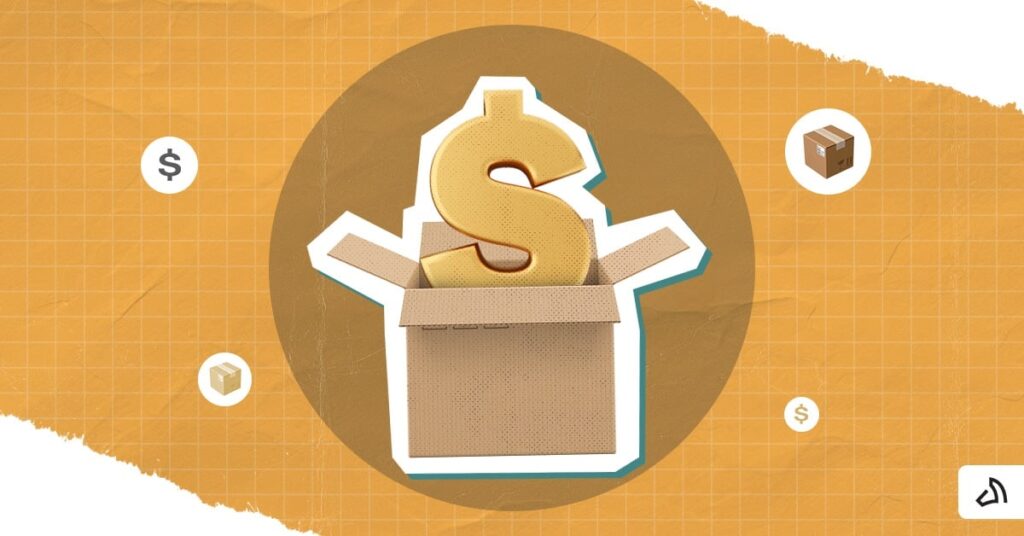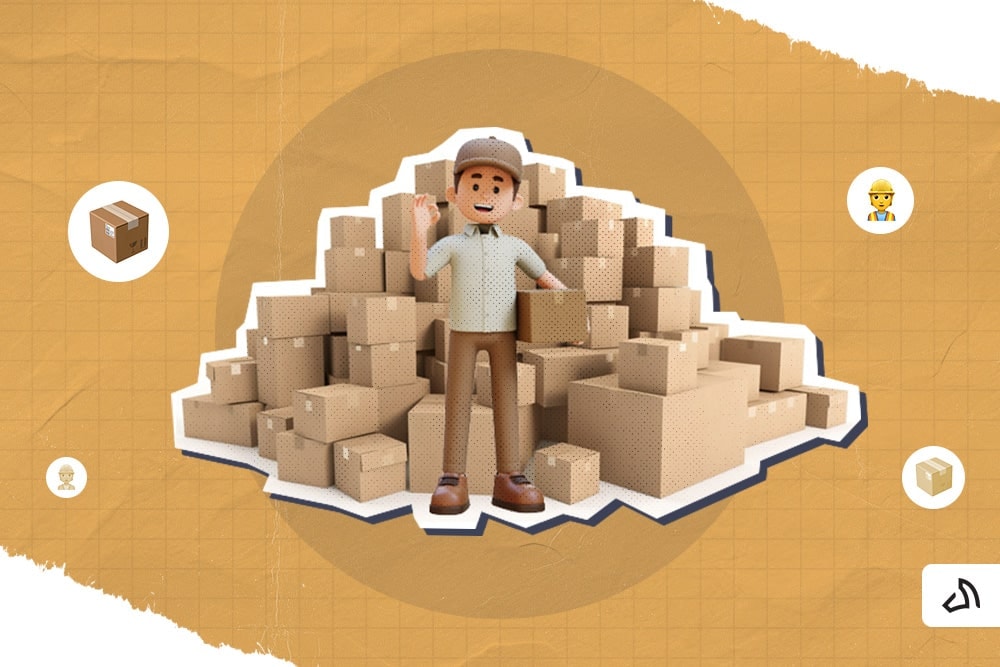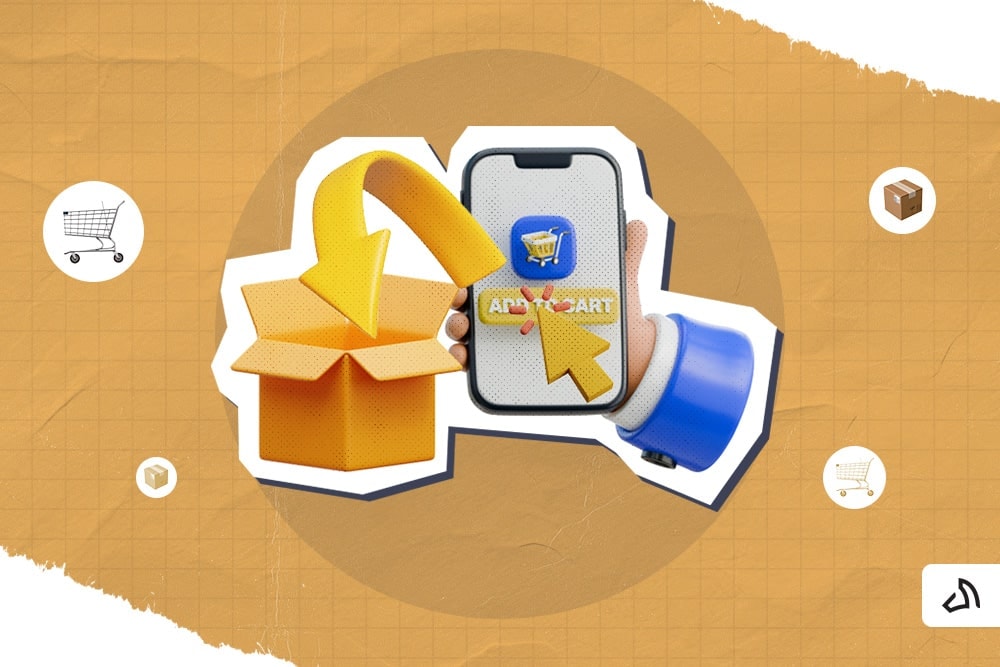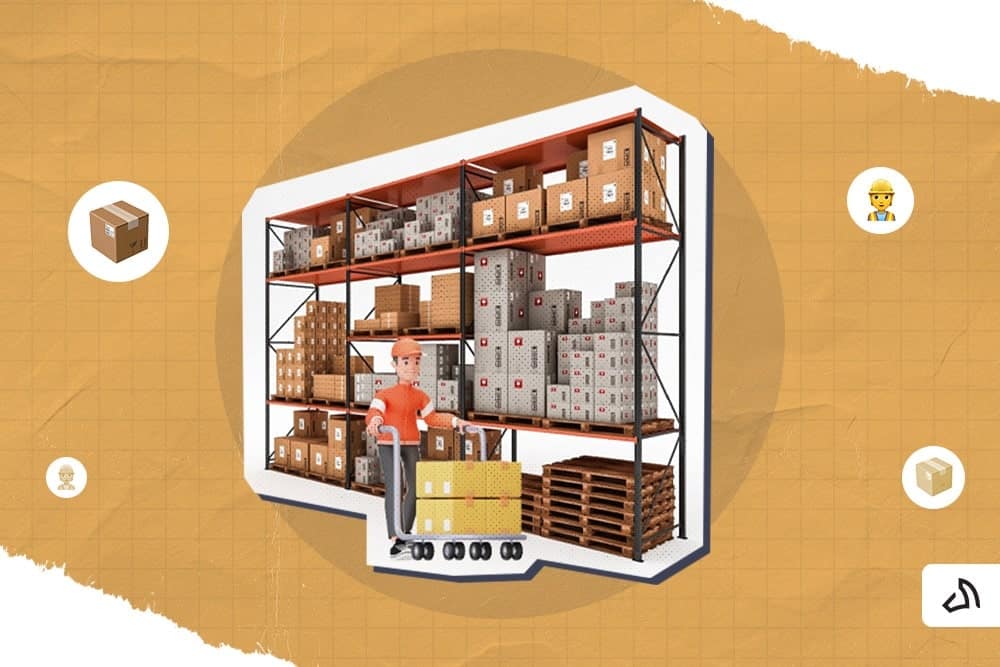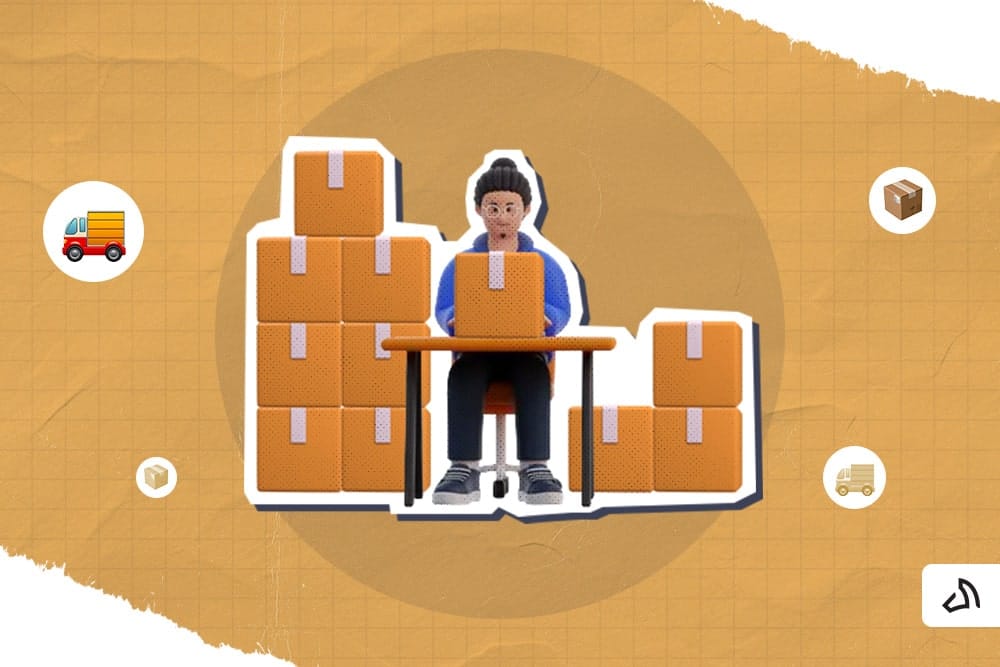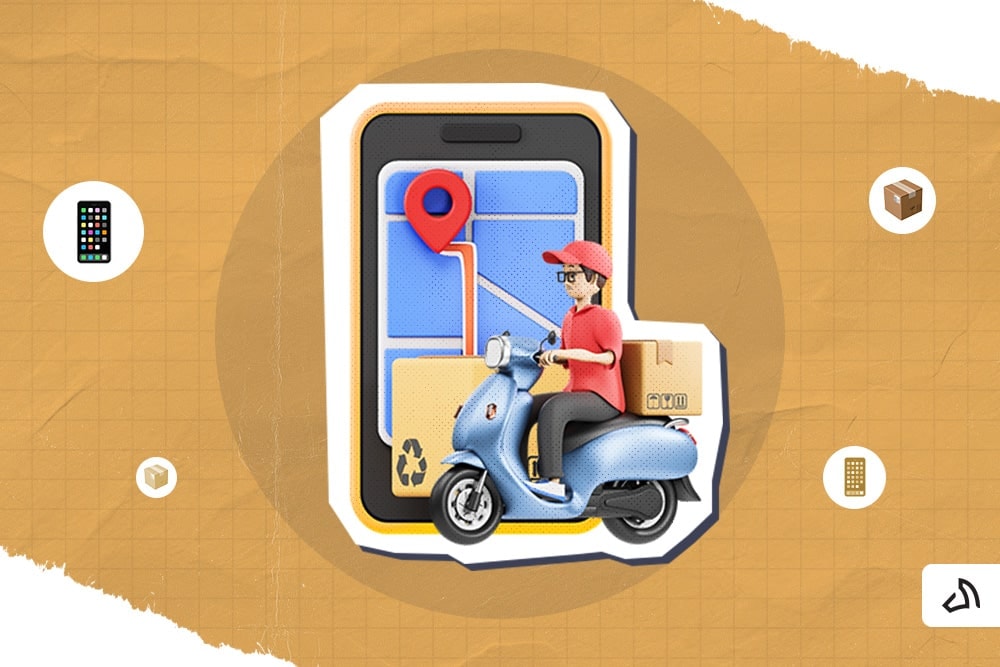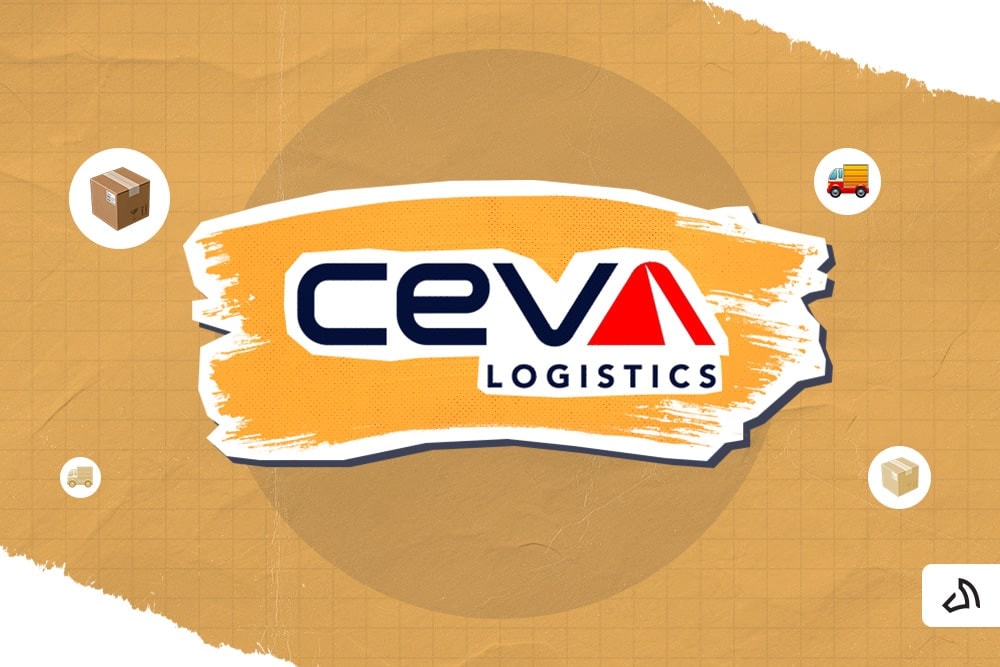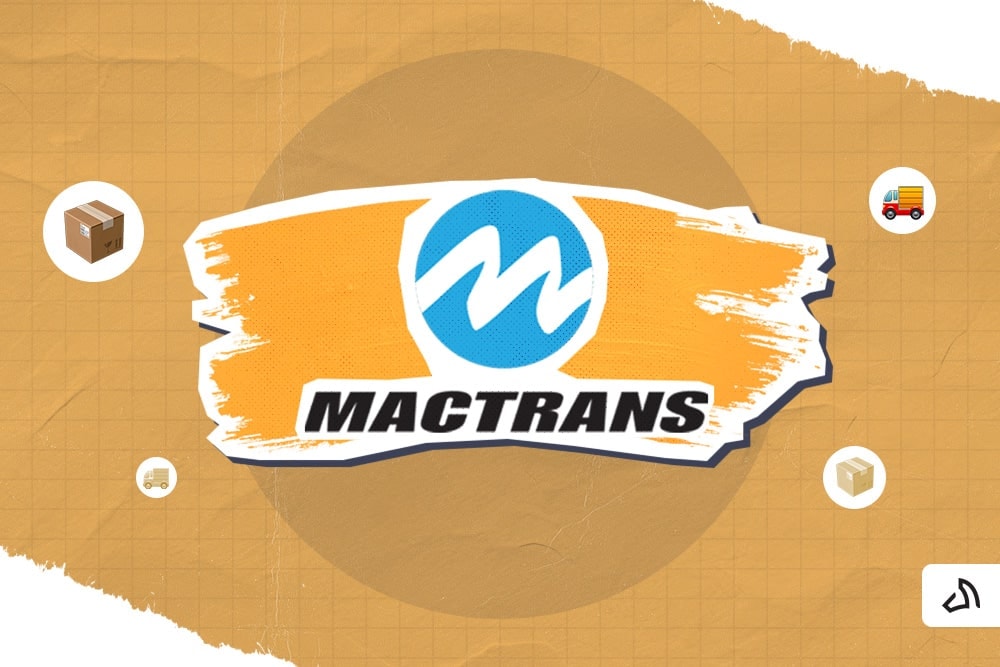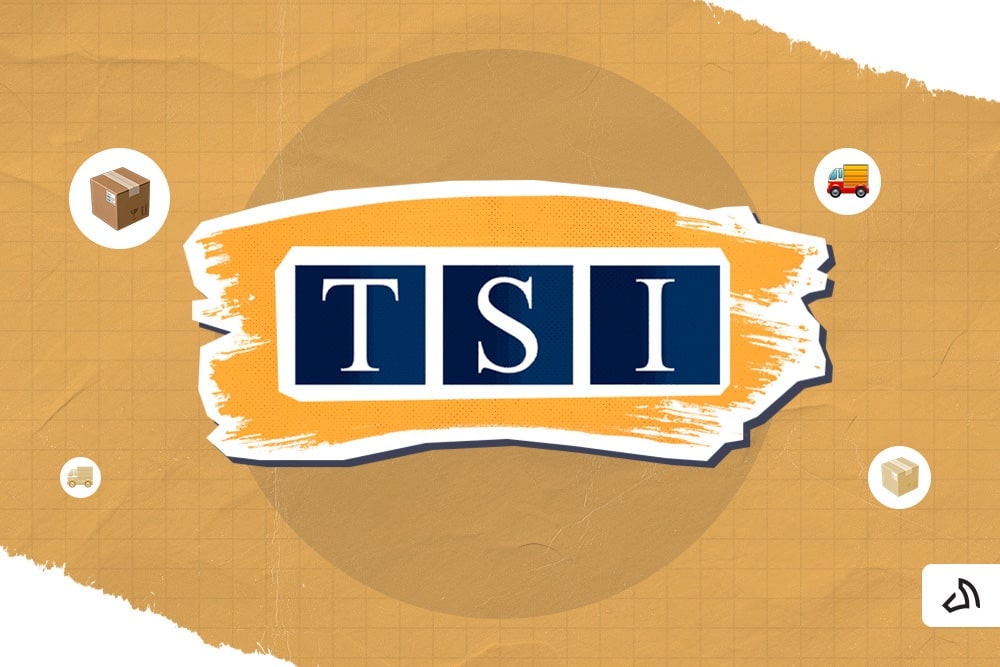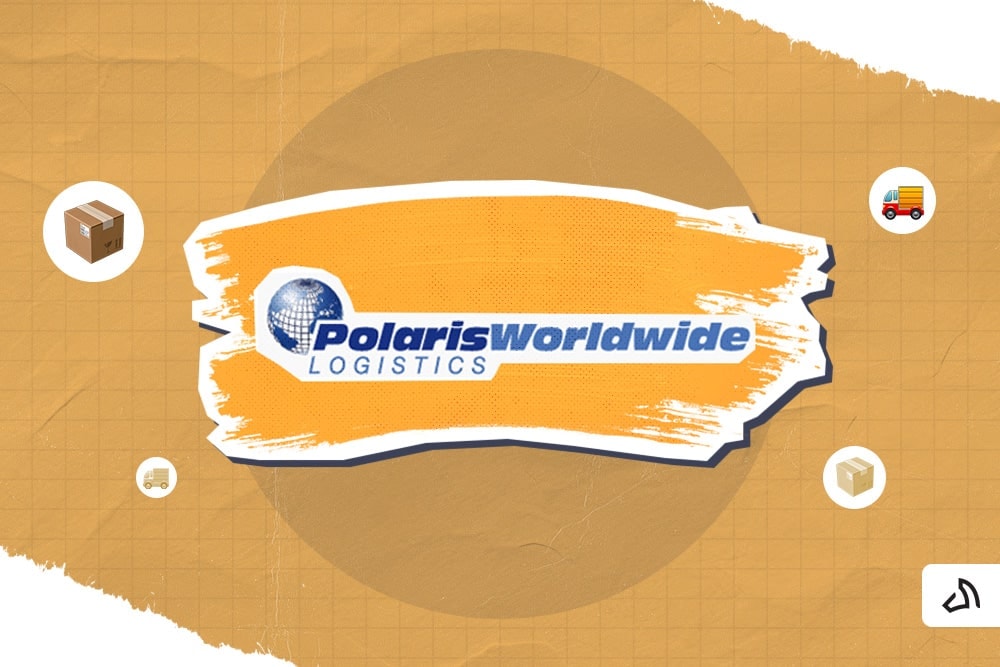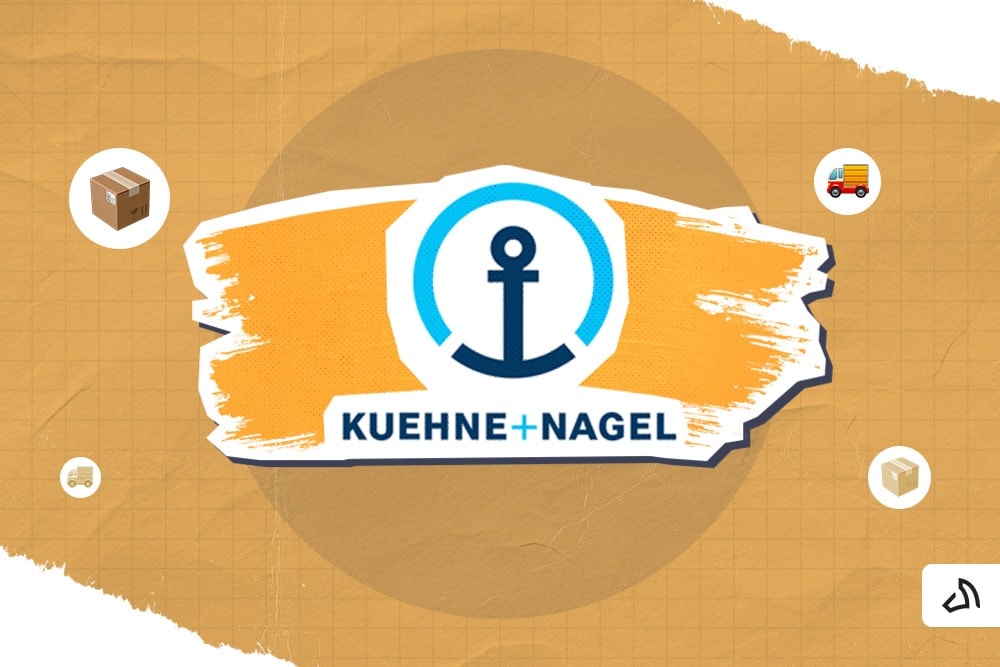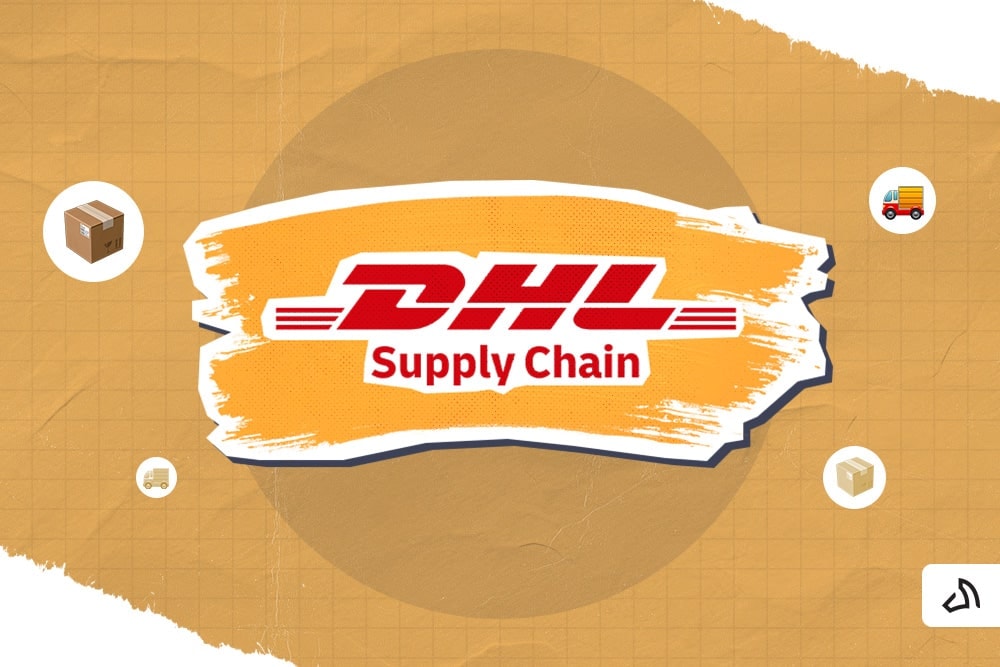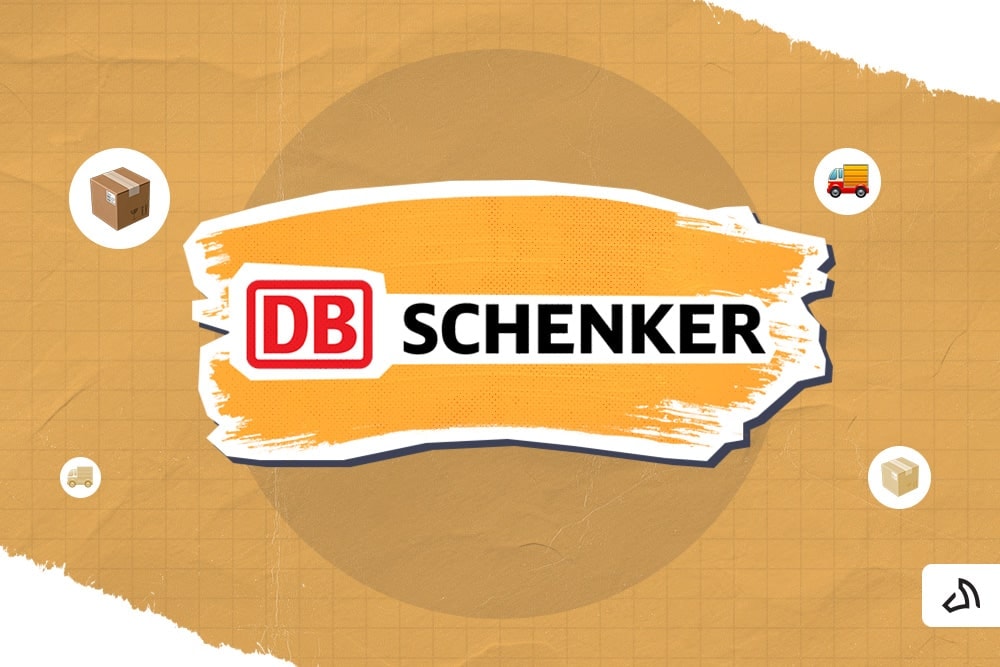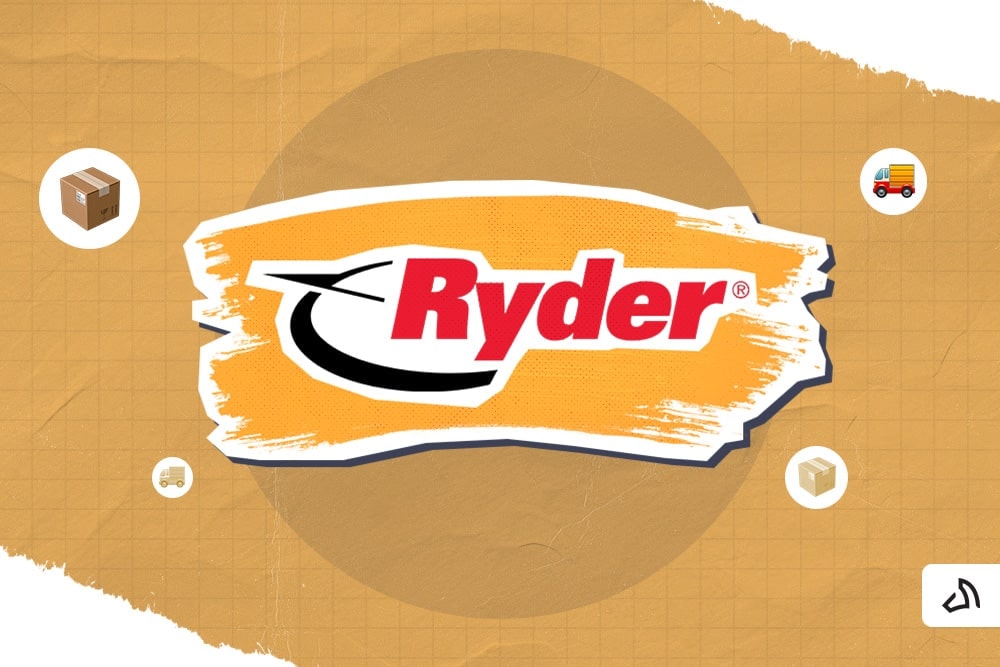The Ins and Outs of Canada Ground Shipping
Canada is one of the biggest eCommerce users globally. However, like many other countries, it also faces high shipping costs that affect the efficiency of the supply chain across Canada. One resolution that can help it, though, is ground shipping.
But what is it and how does it work? This blog post will explore the details of the ins and outs of this shipping method.
Key Takeaways
- Ground shipping in Canada offers a cost-effective solution for businesses amidst the country's booming e-commerce industry.
- Despite the country's robust e-commerce market, businesses face challenges with Canada's complex shipping network, which affects costs and efficiency.
- Ground shipping involves transporting goods over land using trucks, vans, or trains, making it a reliable, accessible, and economical option for domestic and regional shipments.
What is ground shipping?
Also known as land or road shipping, it refers to transporting goods or cargo over land. It is one of the most popular and commonly used shipping and logistics methods worldwide. This service is usually characterized by its reliability, accessibility, and cost-effectiveness. Overall, it's a popular option for domestic and regional shipments.
What is considered ground service?
Any deliveries made through land-based vehicles are all ground shipping. This includes using trucks, vans, or trains. It covers many delivery options, including rail shipping, courier services, and truck transportation.
What makes ground service different from other shipping services?
Ground service differs from other shipping because it primarily uses roads and railways, unlike air or sea shipping. It's cheaper and more dependable. It's excellent for shorter distances and can carry all sorts of things, from small packages to big loads. It is suitable for sending items to nearby places without costing too much. Meanwhile, air and sea shipping is perfect for long-distance deliveries.
What items require ground shipping services?

Ground shipping services are suitable when shipping various items, including:
- consumer goods
- electronics
- furniture
- vehicles
- industrial equipment
- food and beverages
- pharmaceuticals
- e-commerce orders
- printed materials
- household items
It can also ship everyday items, manufacturing and construction supplies, and retail shipments. It's also good for fragile and high-value items, like art, medical supplies, and dangerous things, because it's safe and easy to control. This makes it a versatile choice for moving goods overland.
However, checking the list of prohibited items before shipping any product is best to ensure they stay within the regulations. Sending things that are not allowed can get you in trouble with the law, cost you money, and hurt your business and reputation.
What are the advantages and disadvantages of ground shipping?

Ground services have their fair share of advantages and disadvantages. Understanding the effects is important before deciding if it's right for your shipping needs.
Advantages:
Cost-Effective
It is usually cheaper than air or sea transport because of the lower operational expenses. So, it doesn't need costly airport or shipping port infrastructure. This means it uses less fuel and costs less to keep the workers and vehicles going.
Reliability
Ground services are more dependable than air or sea delivery because they're not as quickly slowed down by bad weather. Even though delays happen sometimes, they're less by bad weather. This means businesses can count on them more to get the packages where they need to go. It is beneficial if the items must be at the receiver's doorstep at a particular time.
Flexibility
Many carriers offer fast, standard, and LTL (Less-Than-Truckload) shipping choices. This makes it easier for businesses and customers to pick the most suitable package option. Ground services can handle all cargo and delivery needs, making them a flexible shipping option.
Accessibility
Its extensive road and rail networks help it access far locations, even remote areas. Unlike other transport services relying on specific hubs, this service can go around local streets and highways. This ensures widespread coverage and easy access to many geographic locations.
Reduced Environmental Impact
This service often has a lesser environmental impact because of the following:
- Uses less fuel per cargo unit.
- Emits fewer greenhouse gases.
- Generates less pollution compared to air or sea shipping
Additionally, the newer land vehicles are more fuel-efficient. So, they have the potential to use alternative fuels and help make ground shipping better for the environment.
Disadvantages:
Longer Transit Times
The longer transit times are mainly because of its overland nature. Vehicles must navigate roads, highways, and potential congestion, resulting in slower travel. Because of this, it is less ideal for far-off or urgent shipments.
Limited International Reach
Its limited international reach is primarily due to geographical obstacles and the reliance on land-based networks. Oceans, mountains, and political borders can hinder seamless international transit by road or rail. Additionally, customs regulations and varying road infrastructures in different countries pose logistical challenges, making air and sea more suitable for international shipping.
Weather-Related Delays
While less susceptible than air transport, adverse weather conditions can still delay any ground shipment, especially during winter, leading to road closures, reduced visibility, and hazardous driving conditions.
Size and Weight Restrictions
There are weight and size restrictions because of road regulations and vehicle limitations. For safety reasons, roads and bridges are designed to accommodate specific weight and size limits, restricting the transportation of oversized or extremely heavy cargo to the greater ship or plane capacity in other shipping methods.
Security Concerns
Ground shipments have more security concerns than other shipping methods due to their extended exposure to potential threats. It is more accessible, making them vulnerable to theft, tampering, and damage during transit. Additionally, the multiple handling points in ground transport can increase the risk of security breaches compared to more controlled air or sea transport environments.
What are ground delivery providers in Canada?
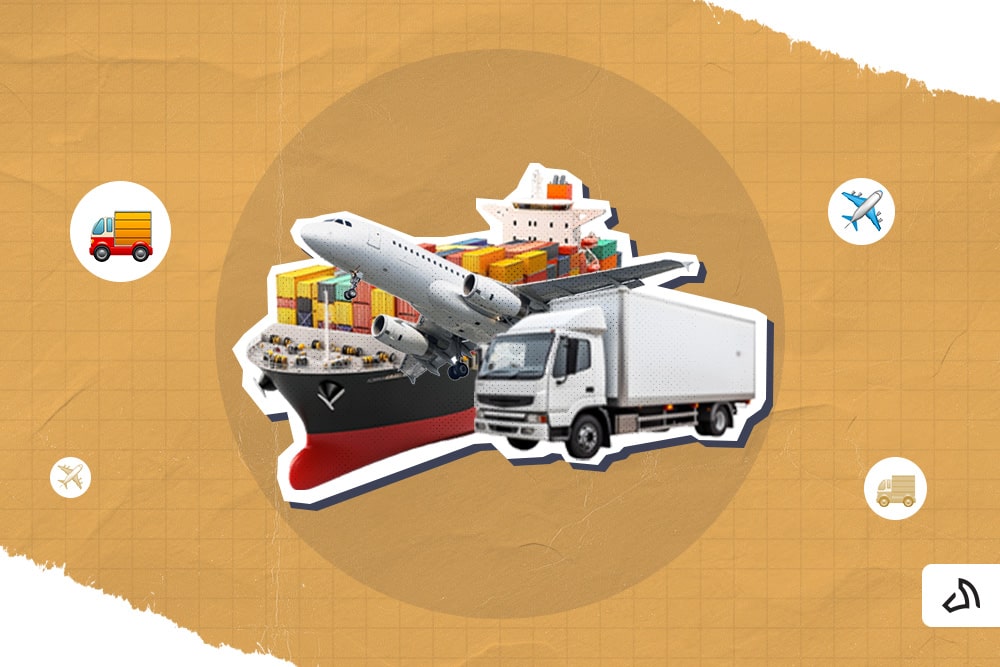
Numerous ground delivery companies in Canada provide domestic shipping services. In Canada, some of the prominent ground delivery services are:
FedEx
FedEx, a global leader in logistics, extends its shipping expertise to Canada, offering a range of services, such as FedEx Ground and FedEx Home Delivery.
Canada Post
Canada Post offers an extensive selection of shipping solutions to meet diverse shipping needs. By using a recipient's postal code, customers can access accurate rates and delivery times for a service like Regular Parcel and Expedited Delivery. This ensures swift and efficient shipping within the country.
Purolator
Purolator, a prominent courier and freight company in Canada, is a reliable choice. Renowned for its comprehensive offerings, such as Purolator Express and Purolator Ground, Purolator caters to the needs of businesses and their customers, facilitating efficient package transportation across the entire expanse of the country.
Canpar Express
Canpar Express is a distinguished specialist in ground parcel delivery services, excelling in providing economical and efficient shipping solutions. It serves a wide-ranging customer base across the diverse regions of Canada.
How long does ground delivery service take?
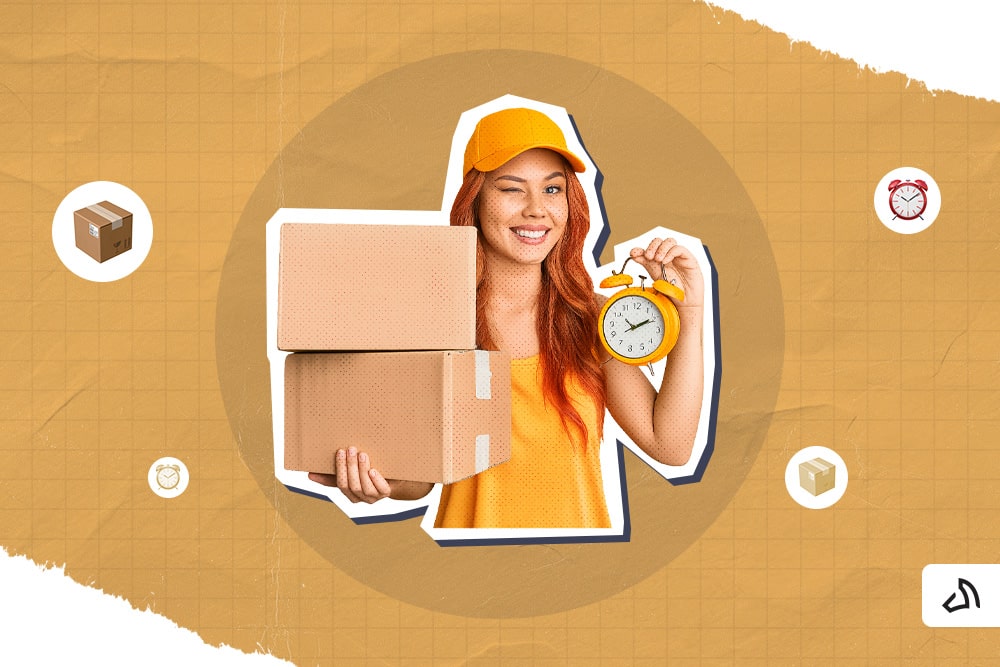
The delivery time for ground shipments can vary significantly depending on several factors, including distance, service level, carrier, geographic location, weather conditions, and package weight and size. Moreover, if you are shipping, customs processing is something that you should also take into account.
How long does ground shipping take in Canada?
| Service | Transit Times | Remarks |
|---|---|---|
| FedEx Ground | 1 to 7 business days |
| Service | Transit Times | Remarks |
|---|---|---|
| Regular Parcel | 1 to 3 business days | Local |
| 3 to 6 business days | Regional | |
| 4 to 10 business days | National |
| Service | Transit Times | Remarks |
|---|---|---|
| Purolator Ground | 1 or more business days by 9 PM to all provinces and territories | |
| Purolator Ground 9 AM | 2 or more business days by 9 AM to major cities | These services are exclusively accessible for shipments processed through an automated shipping system. Please check the Purolator Terms & Conditions of Service available on purolator.com. |
| Purolator Ground 10:30 AM | 2 or more business days by 10:30 AM to major cities | |
| Purolator Ground Evening | 2 or more business days between 5:30 PM and 9 PM to many major cities |
| Service | Transit Times | Remarks |
|---|---|---|
| Canpar Express Ground | 1 business day to 4 business days | Transit times are determined based on major city centers, and the delivery speed may differ depending on the specific starting and ending locations. Certain limitations or conditions may also be applicable. |
How long does it take from the USA to Canada?
| Service | Transit Times | Remarks |
|---|---|---|
| FedEx International Ground | 2 to 7 business days |
| Service | Transit Times | Remarks |
|---|---|---|
| Tracked Packet USA | 4 to 7 business days | Delivery standards may apply to shipments sent between most major urban centres; actual delivery times may differ, and additional terms and conditions may also be in effect. |
| Service | Transit Times | Remarks |
|---|---|---|
| Purolator Ground US | End of day in two or more business days | Specific terms, conditions, and geographical limits apply, including limitations on the money-back guarantee and restrictions on the original location and final-mile destination guarantees. Generally, "end of day" refers to 9 PM in the receiver's local time. |
| Service | Transit Times | Remarks |
|---|---|---|
| Canpar Express Ground to USA | 8 days | The shipment is from Vancouver to New York, and customs clearance may require additional time |
It is best to check with the specific ground delivery provider or carrier you intend to use for additional information. They often provide delivery time calculators or estimates on their websites or through customer service. It's also important to make appropriate plans because occasions like holidays and peak seasons can significantly affect delivery times.
Is ground shipping expensive?
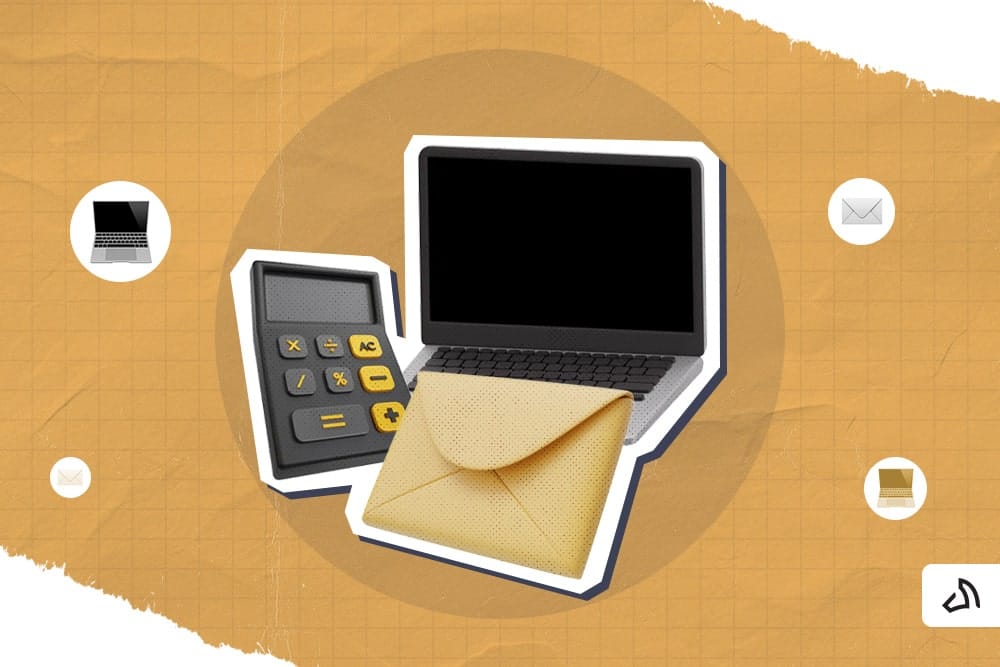
While the shipping rates for this service vary based on factors like distance and package weight, it is often more budget-friendly than air or sea transport for domestic shipments.
How much does it cost?
| Carrier | Shipping Services | Shipping Fees* |
|---|---|---|
| Canada Post | Regular Parcel | $25.84 |
| Purolator | Purolator Ground 9 AM | $110.32 |
| Purolator Ground 10:30 AM | $87.80 | |
| Purolator Ground | $71.05 | |
| Canpar Expres | Ground Service | $68.67 |
| FedEx | FedEx Ground | $36.32 |
*The shipping rates are based on a package weighing 1kg (15cm x 8 cm x 5cm) shipped from Vancouver to Toronto.
It's advisable to compare fees from several carriers, consider package specifics, and assess your budget before deciding whether this shipping service is expensive for your needs. Additionally, some carriers offer a shipping charges guide to help you understand costs based on your requirements
Tips for Efficient Ground Shipping in Canada:

Efficient shipping within Canada is crucial for businesses looking to streamline their logistics. You can enhance your shipping efficiency in the Great White North using these top 5 tips:
- Plan Ahead. When shipping packages within Canada, schedule shipments in advance whenever possible. Planning allows you to choose cost-effective shipping options, avoid rush fees, and optimize delivery schedules.
- Optimize Packages. Use appropriate packaging materials to protect your items without excess weight or bulk. Well-packaged goods reduce the risk of damage and can lower shipping costs.
- Choose the Right Carrier. Select a reliable carrier that aligns with your specific shipping needs. Compare shipping rates, delivery times, and services to find the best fit.
- Leverage Technology. Choose a carrier that allows you to process a shipment online. Utilizing shipping software and tracking systems to monitor your package in real-time. This enhances visibility, allowing you to address issues promptly, keep customers informed, and save time in other essential aspects of your business.
- Consider Consolidation. If you frequently ship smaller quantities, explore LTL (Less-Than-Truckload) options that consolidate multiple shipments onto a single truck. This can reduce costs while ensuring efficient delivery.
How Can Stallion Help?

Stallion is your go-to solution for efficient and affordable shipping, whether you're sending packages within Canada, to the US or internationally. With discounts, Stallion empowers sellers to compete locally and globally.
The integration of your online store streamlines order management, and printing a shipping label is a breeze. You can choose to drop off your shipments or schedule a convenient pick-up service.
Over 20,000 Canadian businesses have already saved a whopping $10 million on shipping costs while sending over 12 million parcels through Stallion.
Simplify your shipping with us and watch your business thrive through reliable, on-time delivery.
